
One of the world’s leading publishers of printed classical and educational music.

World Carols for Choirs - 31 Carols for mixed voices
- Text
- Christmas
- Choral
- Carols
- Oxford
- Choirs
- Satb
Introduction been
Introduction been commissioned by the Cork International Choral Festival. In 1993 he was asked to write a new work for the 500th anniversary of Christ Church Cathedral in Dublin. His music has been performed by the King’s Singers, the BBC Singers, and many Irish choirs, most notably the Irish Youth Choir, for whom he wrote Canticum in Laudibus (1988) and Overture to a Masque (2002). Some of his shorter choral pieces—including the Gloria and Magnificat—have recently been recorded by the Cork-based chamber choir Madrigal ’75. This carol was specially commissioned for inclusion in this collection. The text, written by the composer, attempts to capture something of the emotional immediacy and directness of expression characteristic of Irish devotional folk poetry. 18. Japan Rikuya Terashima, Infant Joy Rikuya Terashima (b. 1964) studied composition at undergraduate and graduate levels at the Tokyo National University of Fine Arts and Music. He has performed and collaborated with many leading artists as composer and pianist in concerts, theatrical productions, and recordings. His major works include operas, chamber music, and pieces for Japanese traditional instruments. Since Japan has no tradition of carol composition and few poems suitable for setting as carols, Terashima has set a text from William Blake’s Songs of Innocence. The composer regards the themes in the text of joy, mercy, pity, peace, and love as particularly relevant in a carol setting because of their universal appeal. Most of the carol is based on the pentatonic scale, which reflects the sense of innocence in Blake’s poem. for online perusal only 19. Korea Hyun Chul Lee, Jajang, jajang, Ahgi Yesu (Lullay, lullay, Baby Jesu) Born in Korea, Hyun Chul Lee (b. 1973) studied composition in the US at Georgia State University and under Stephen Young at the Westminster Choir College of Rider University in New Jersey. A specialist in children’s music, he has worked as composerin-residence to the Worldvision Korea Children’s Choir (under the conductor Hee Churl Kim) with which he has participated in numerous children’s choral festivals around the world. The main melody of Jajang, jajang, Ahgi Yesu is a popular Korean lullaby which has been handed down through many generations. In the carol Mary, mother of Jesus, is depicted singing her child to sleep; the lilting style of the outer sections contrasts with the more declamatory passage starting at bar 26. 20. Latvia Trad. arr. Selga Mence, Dedziet skalu, pūtiet guni (Bring us fire, bring us light) Selga Mence (b. 1953) was born in Liepaja, Latvia, and specialized in composition at the Latvian Academy of Music, Riga; she later became associate professor of composition there. In addition to composing orchestral and chamber music, she has written many choral works, which have been performed throughout Latvia and in other European countries, particularly at international choral festivals. Dedziet skalu, pūtiet guni comes from the rich repertoire of folksongs used to celebrate the winter solstice in Latvia, an ancient tradition dating back to before the arrival of Christianity. Given that long history, it is interesting that it was only in 1960 that the composer Vilnis Salaks collected this melody and text in the Dagda region of the country; this bespeaks volumes for the power of folk transmission. Selga Mence’s arrangement presents the two phrases of the original song in a variety of textures, beginning and ending with imitations of the sound of bells. xii
Introduction 21. New Zealand David Hamilton, Lullaby Carol David Hamilton (b. 1955) was head of music at Epsom Girls’ Grammar School, New Zealand, until 2001. He is deputy musical director of the Auckland Choral Society and has been composer-in-residence to the Auckland Philharmonia. He concentrates on composing while maintaining a part-time involvement in music education and is well known as a choral conductor and workshop leader. His choral music has been widely performed and has been published in the UK, US, and Finland. Lullaby Carol was written for a church choir and has a fifteenth-century English carol text. Its musical style reflects the English choral tradition in its use of modal harmonies which give the piece a slightly archaic quality. English choral music came to New Zealand in the nineteenth century and still underpins much choral work in the country. The carol alternates a lullaby refrain with a starker, more declamatory style setting references to Jesus’ crucifixion. for online perusal only 22. Nigeria Christian Onyeji, Amuworo ayi otu nwa (For unto us a child is born) Christian Onyeji (b. 1967) is a Nigerian composer, pianist, choreographer, conductor/ music director, and theatre director. He has a Doctor of Music degree from the University of Pretoria, South Africa, and is currently a senior lecturer at the Department of Music, University of Nigeria, Nsukka Enugu State. He is a researcher on African music and a composer of modern African art music, whose works have been widely performed both locally and internationally. Setting text from Isaiah 9: 6, Amuworo ayi otu nwa is a piece for church worship in the style of modern Nigerian art music. The music draws on elements of rhythm, dance, polyrhythm, and texture from Nigerian choral music deriving from the Igbo sub-area. Such compositions—commonly known as ‘Native Airs’—are popular with Nigerian art music lovers. Amuworo ayi otu nwa has been performed several times in its original form by the St Paul’s Anglican Cathedral Choir, Nsukka, Enugu State, Nigeria, and by other choirs during Christmas services. 23. Norway Ola Gjeilo, Det hev ei rose sprunge (A spotless rose) Ola Gjeilo (b. 1978) studied the piano and organ in his native Norway. Although he is also jazz-trained, since 1999 he has focused on writing classical music. He has studied at the Norwegian Academy of Music, Oslo; the Juilliard School of Music, New York (with Robert Beaser); and the Royal College of Music in London. As a composer he has focused on chamber and choral music. His works have been published in Norway and the UK, and performed and recorded by such leading choirs as the Oslo Chamber Choir, the Oslo Philharmonic Choir, and the World Youth Choir. Det hev ei rose sprunge has had a long life in Norway, where it was first known with a German melody and text. It was translated into Norwegian by Peter Hognestad in 1919–21 and has become one of the most popular carols in Norway. Ola Gjeilo has chosen to give the old text new life in this freshly composed, highly sonorous setting. 24. Poland Trad. arr. Stanisław Szczyciński, Hej, hey, lelija! (Hey, hey, lily) Born in Warsaw (1954), Stanisław Szczyciński studied both music and mathematics. As a composer he concentrates on song, but he has also written and arranged film xiii
- Page 1 and 2: 2 World Carols for Choirs 31 carols
- Page 3 and 4: PREFACE World Carols for Choirs bri
- Page 5 and 6: Contents Hungary 15. Nagykarácsony
- Page 7 and 8: INTRODUCTION 1. Argentina Eduardo F
- Page 9 and 10: Introduction 7. Canada Trad. arr. E
- Page 11: Introduction 14. Ghana Robert M. Kw
- Page 15 and 16: Introduction 28. Switzerland Carl R
- Page 17 and 18: ARGENTINA 1 1. Villancico de la Fal
- Page 19 and 20: S. A. T. B. V # 26 ###ŠŠ ŠeŠ Š
- Page 21 and 22: S. A. T. B. S. A. V # 57 ###==Š Š
- Page 23 and 24: S.1 S.2 A.1 A.2 S.1 S.2 A.1 A.2 T.
- Page 25 and 26: S. A. T.1 T.2 B.1 B.2 T.1 T.2 B.1 B
- Page 27 and 28: S. A.1 A.2 T.1 T.2 B.1 mf cresc.
- Page 29 and 30: AUSTRALIA 13 Elizabeth Anne William
- Page 31 and 32: V # 15 ## Š. Š f Š Š f Š Š Š
- Page 33 and 34: , V # 29 ## Š Š Š Š Š Š Š
- Page 35 and 36: V # 1. 2. 47 dim. ## #‰ ‰ ‰
- Page 37 and 38: BASQUE COUNTRY, SPAIN 21 Lourdes Zu
- Page 39 and 40: Kuttun Kantak 23 T. B. SOPRANO ALTO
- Page 41 and 42: S. A. T. B. 4 Vb Š. Š Š Š Š Š
- Page 43 and 44: S. A. T. B. 4 Vb Š. Š Š Š Š Š
- Page 45 and 46: 30 cresc. Vb Š Š [ Š ‰ Š Š
- Page 47 and 48: 74 cresc. Vb Š Š Š ‰ Š Š Š
- Page 49 and 50: 14 V Š. ŠeŠ Š Š Š Š Š f Š
- Page 51 and 52: Acalanto para o Menino Jesus 35 45
- Page 53 and 54: S. A. T. B. 9 a tempo Vbb Š Š Š
- Page 55 and 56: 30 Vbb Š Š Š Š Š Š Š Š Š
- Page 57 and 58: 8 mf Vbb Š t > Š f t t > Š f t
- Page 59 and 60: 22 > Vbb Š f t t > Š f t t > Š
- Page 61 and 62: a tempo 36 rit. Vbb Š Š Š mf Š
- Page 63 and 64:
53 Vbb Š t t Šp Š p r Š Š f t
- Page 65 and 66:
79 Vbb p r Š Š f t t Š Š t Š
- Page 67 and 68:
DOMINICAN REPUBLIC 51 Trans. F. R.
- Page 69 and 70:
14 > 1. Vbbb tuŠŠ Š p . “ Š
- Page 71 and 72:
30 Vbbb > mf Š Š Š Š r t > > f
- Page 73 and 74:
S. A. T. B. 7 Vbbb44 Š Š Š Š
- Page 75 and 76:
T. B. Bbbb54 Š 4 Š Š 24 26 Š
- Page 77 and 78:
Vb Š Š Š 54 Š 4 46 Š ŠŠ Š
- Page 79 and 80:
FINLAND 63 Elsa Koponen (1885-1977)
- Page 81 and 82:
Tuikkikaa, oi joulun tähtöset 65
- Page 83 and 84:
Ainsi que parmi la prée 67 V # 5
- Page 85 and 86:
V # 14 ‰ Š Š #Š #Š Š =Š Š
- Page 87 and 88:
V # 24 pp . bŠ. bŠe bŠ. bŠe bŠ
- Page 89 and 90:
pp V # 33 Š. Š Š f f t p Š Š
- Page 91 and 92:
V # 43 Š. Še ‰ Še t p Š ŠŠ
- Page 93 and 94:
Più lento, con tenerezza V # 1. 2.
- Page 95 and 96:
V # 69 Š bŠ bŠ bŠ Š bŠ ‰ =
- Page 97 and 98:
GERMANY 81 SOPRANO ALTO 1 ALTO 2 13
- Page 99 and 100:
S. A.1 A.2 T. B. V # 13 Š. Š f Š
- Page 101 and 102:
S. A.1 A.2 T. B. V # 7 Š. Š f Š
- Page 103 and 104:
GHANA 87 Trans. David Blackwell SOP
- Page 105 and 106:
Slower i. = 72 27 mp VŠe Š Š Š
- Page 107 and 108:
HUNGARY 91 15. Nagykarácsony Éjsz
- Page 109 and 110:
16 V 34 Š ‰ 24Š Š Š Š Š Š
- Page 111 and 112:
S. A. T. B. 47 V Š Š Š Š Š Š
- Page 113 and 114:
ICELAND 97 16. Immanúel oss í ná
- Page 115 and 116:
Immanúel oss í nátt 99 gö- fék
- Page 117 and 118:
IRELAND 101 17. Carúl Fáilte A Ca
- Page 119 and 120:
V # #24 Š Š 78 Š 18 > Š Š Š
- Page 121 and 122:
S. A. T. B. V # ####88 Še 78 ŠeŠ
- Page 123 and 124:
V # #24 Š Š 78 Š Š Š Š Š. Š
- Page 125 and 126:
S. A. T. B. V # ####88 Š 77 molto
- Page 127 and 128:
Carúl Fáilte 111 V # 78 #Š Š #
- Page 129 and 130:
Ho - di - e V # 34 ‰. ### 8 7 78
- Page 131 and 132:
JAPAN 115 18. Infant Joy William Bl
- Page 133 and 134:
V # ## 2 Š Š 34 Š 46 Š ‰ Š
- Page 135 and 136:
9 mf dim. V ‰ Š/Š Š ‰ ‰.
- Page 137 and 138:
Joyfully i = 120 26 mf V 4 Š Š.
- Page 139 and 140:
41 V > Š Š ‰ ‰. ‰. ‰. Š
- Page 141 and 142:
V ‰. 57 Š ‰ Š ‰ Š ‰ ‰.
- Page 143 and 144:
S. A. T. B. * 13 Vbbbbb Š. Š Š
- Page 145 and 146:
Dedziet skalu, pūtiet guni 129 27
- Page 147 and 148:
Dedziet skalu, pūtiet guni 131 S.
- Page 149 and 150:
S. A. T. B. 65 Vbbbbb Š. Š Š Š
- Page 151 and 152:
V # 5 p legato # Š #‰ Š Š Š
- Page 153 and 154:
V # 23 p # ˆ r Š ‰ Š Š ˆ r
- Page 155 and 156:
V 42 p # Š #‰ Š Š ˆ r Š #‰
- Page 157 and 158:
V # 60 # ˆp Š ˆ Š Š rrq #Š
- Page 159 and 160:
12 Vbb Š Š r p q r umf ŠŠŠŠŠ
- Page 161 and 162:
SOLI mp cresc. mf cresc. 36 Vbb#Š
- Page 163 and 164:
NORWAY 147 23. Det hev ei rose spru
- Page 165 and 166:
V # 15 ŠŠŠ Š Š Š Š Š Š Š
- Page 167 and 168:
V # 35 Š Š Š Š Š Š Š ŠŠ
- Page 169 and 170:
V # Š Š Š Š Š Š 4 ‰ r Š Š
- Page 171 and 172:
POLAND 155 Trad. English text: Bob
- Page 173 and 174:
V # ## ‰ ŠŠ 24 ŠŠŠŠ 34 Š 4
- Page 175 and 176:
Ena noč polna veselja 159 - žje-
- Page 177 and 178:
SOUTH AFRICA 161 SOPRANO ALTO TENOR
- Page 179 and 180:
S. A. T. B. T. B. poco rit. 23 uni
- Page 181 and 182:
S. A. T. B. 49 Vb Š Š Š Š ŠŠ
- Page 183 and 184:
S.1 S.2 A. T. B. Susa ninna 167 64
- Page 185 and 186:
SWEDEN 169 Christer Åsberg (b. 194
- Page 187 and 188:
Ett Nyfött Barn 171 REFRAIN V # 24
- Page 189 and 190:
SWITZERLAND 173 28. Im Silbernen Wa
- Page 191 and 192:
14 Vb Š Š Š [ 34Š Š f t r 24Š
- Page 193 and 194:
31 Vb=Š ŠŠ Š. t mp Š Š bŠ Š
- Page 195 and 196:
48 Vb Š Š bŠ 24 ‰ p p - un - t
- Page 197 and 198:
Vb58 bŠ Š Š Š bŠ 24 Š bŠ Š
- Page 199 and 200:
Vb34 b ‰ 83 . 24 ‰ 54 ‰ ‰.
- Page 201 and 202:
Vb=Š Š Š Š. 24 Š t Š f Š bŠ
- Page 203 and 204:
118 Vb p p p 68 ŠŠŠ=Š Š #Š 34
- Page 205 and 206:
UK 189 for the North Cotswold Chamb
- Page 207 and 208:
S. A. T. B. V # 17 Š Še Š Š Š
- Page 209 and 210:
V # 33 Š. Š. Š. Š Š Š Š Še
- Page 211 and 212:
V # 50 Š Še Š Š Š Š Š Š Š
- Page 213 and 214:
mm 13 Vbbb Š Š Š Š Š ŠŠŠ Š
- Page 215 and 216:
Who is the baby? 199 V # ### ŠŠ.
- Page 217 and 218:
Gospel B#### ‰ style Š n = q 55
- Page 219 and 220:
S. A. T. B. V # 82 ### > Š. Š r
- Page 221 and 222:
VENEZUELA 205 English text: Tim Mor
- Page 223 and 224:
207 APPENDIX Pronunciation guides T
Inappropriate
Loading...
Mail this publication
Loading...
Embed
Loading...
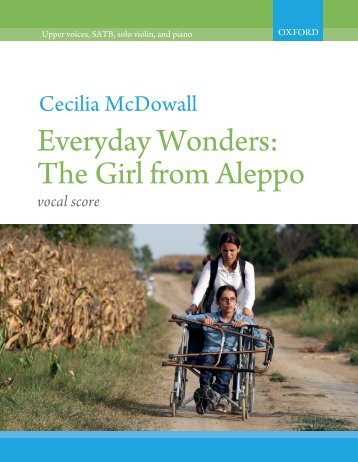

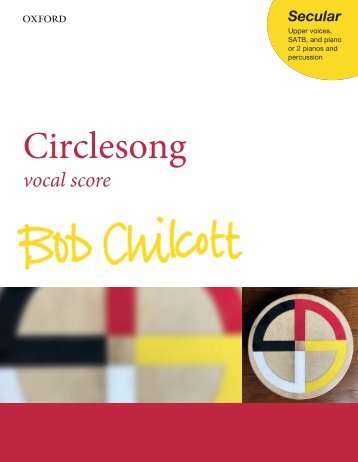
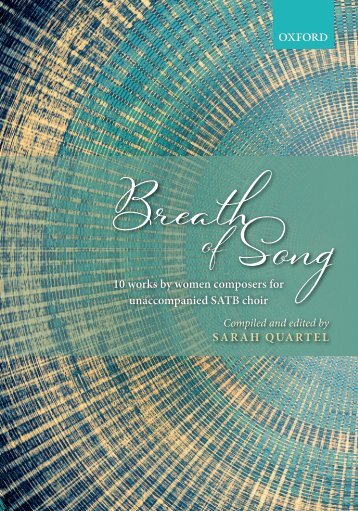
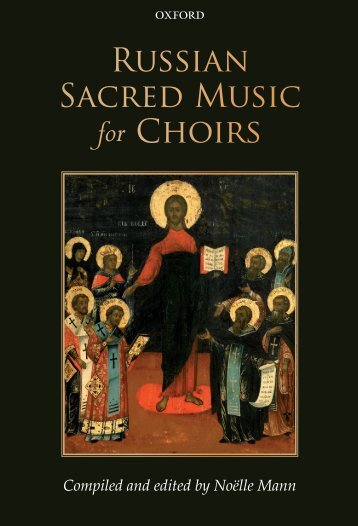

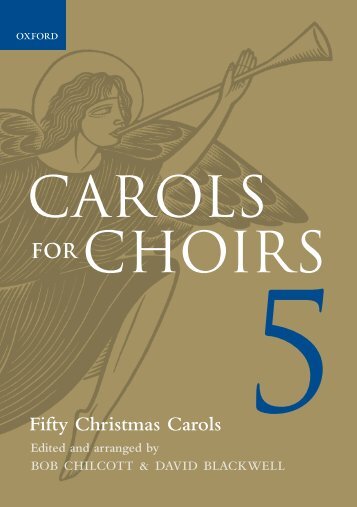

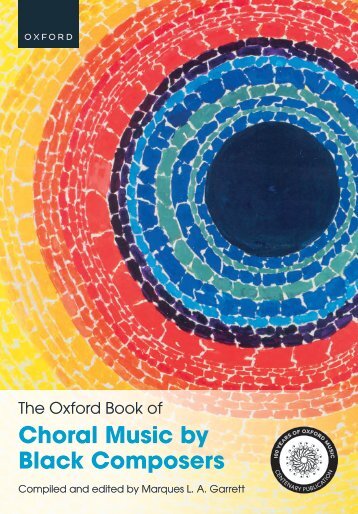
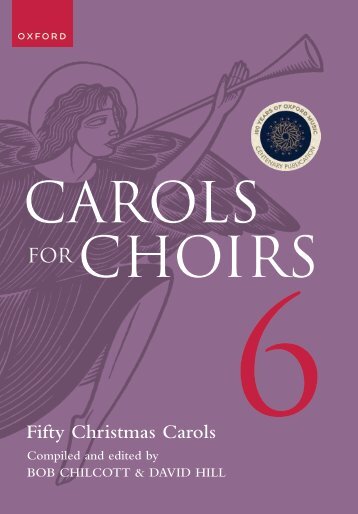

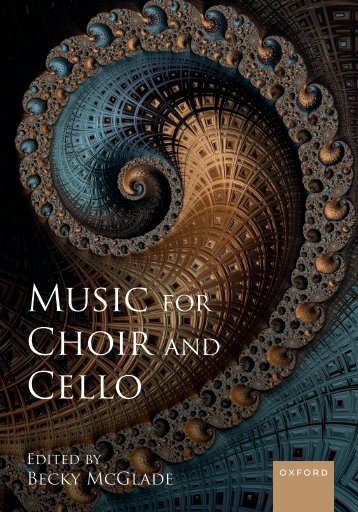

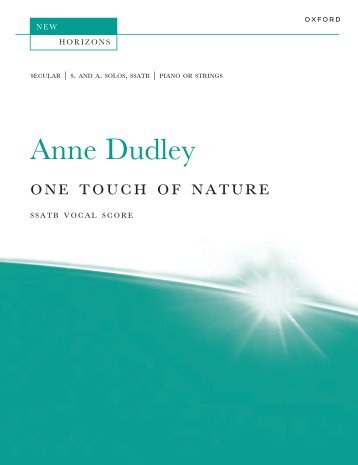

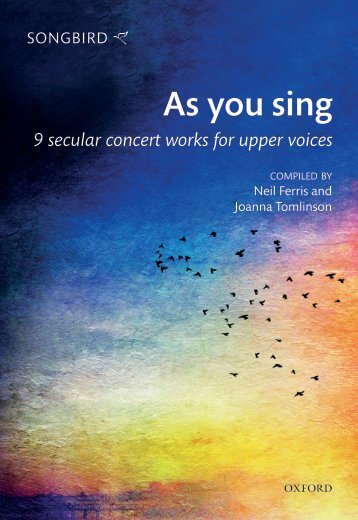
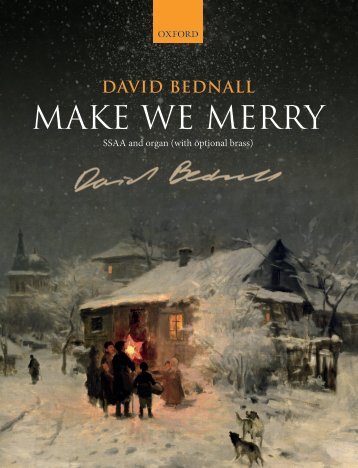
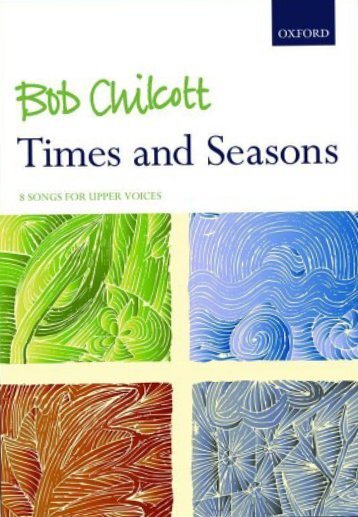


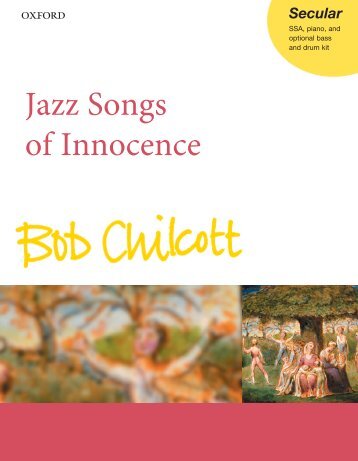
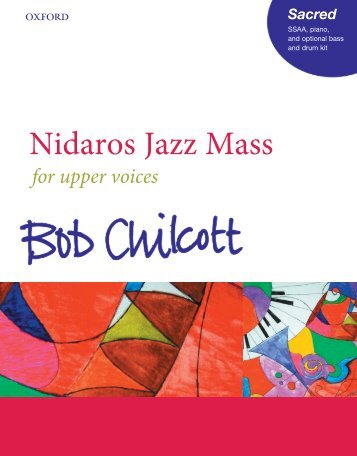
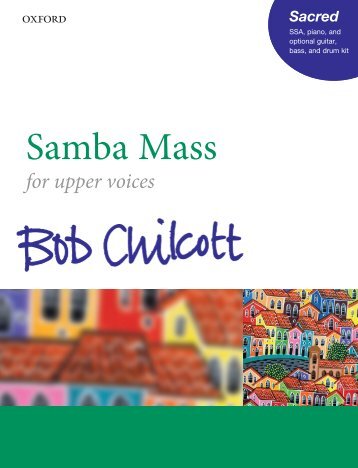


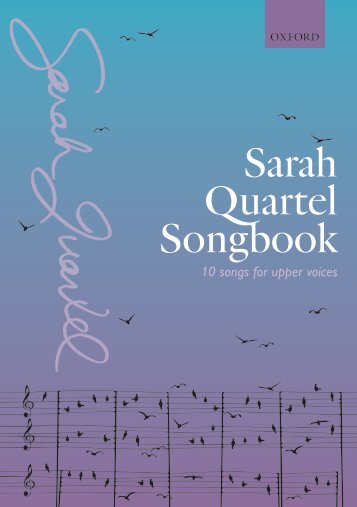
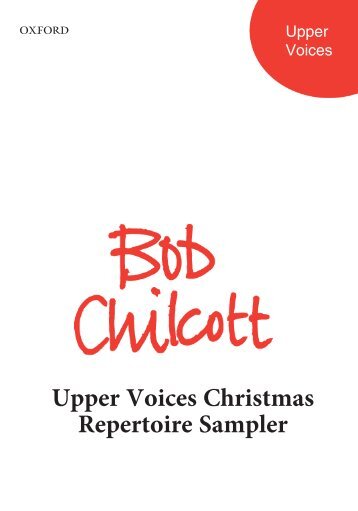

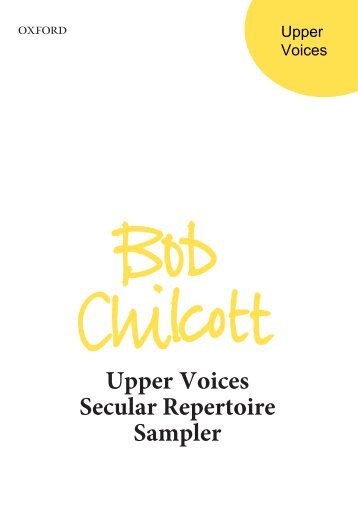

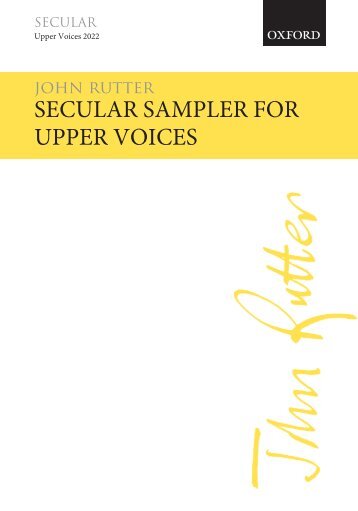
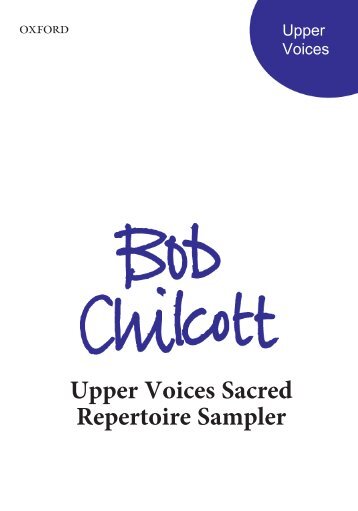


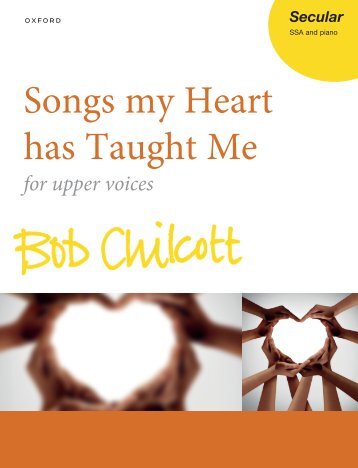
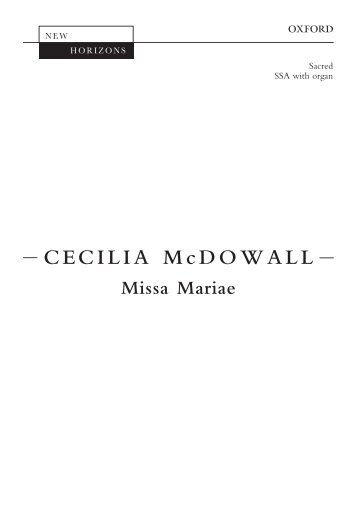
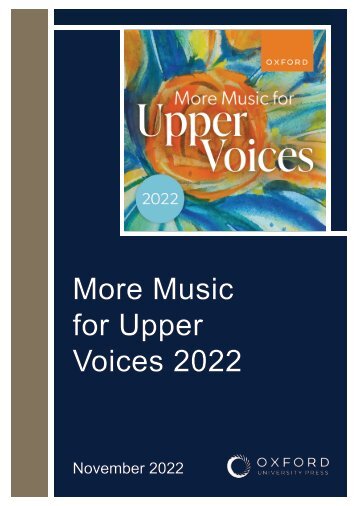
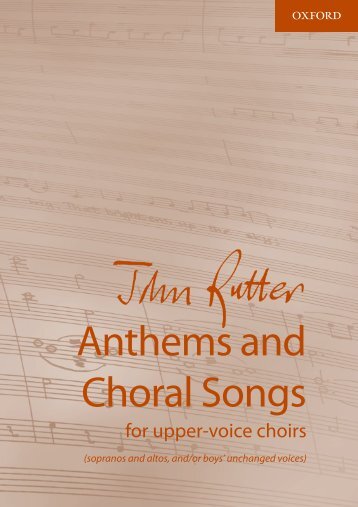

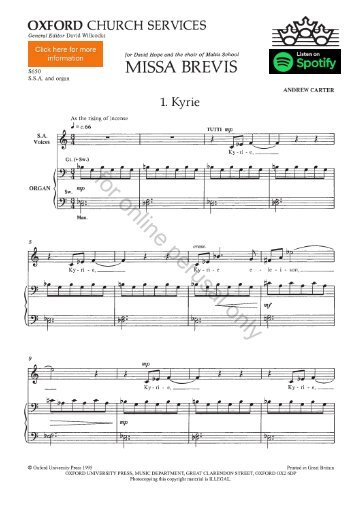
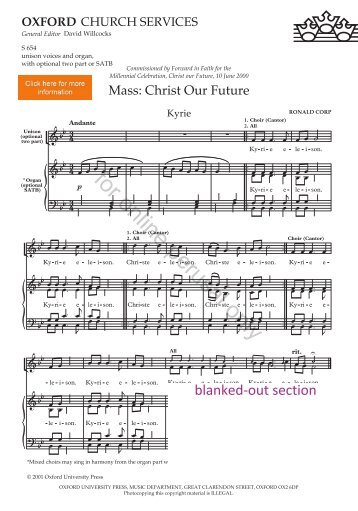
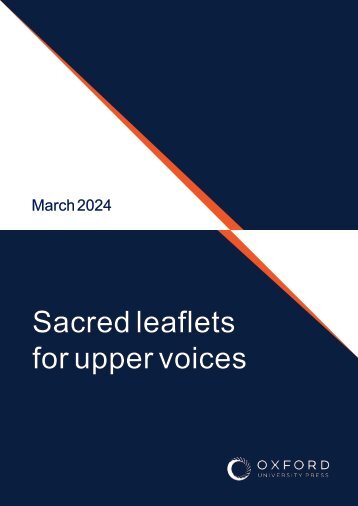
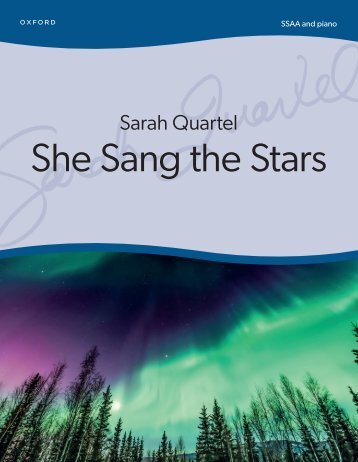

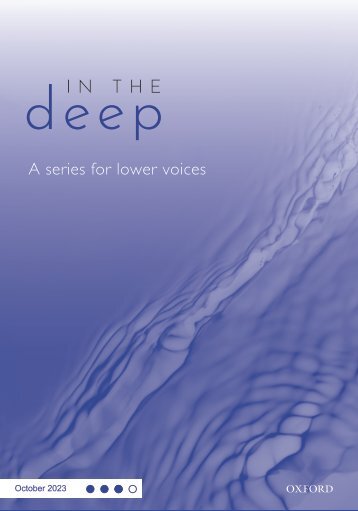
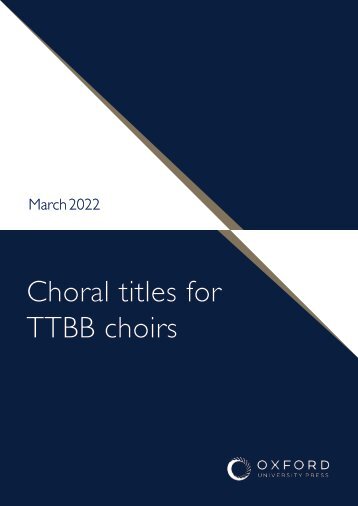
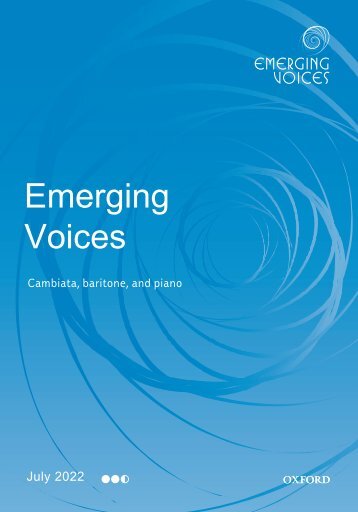
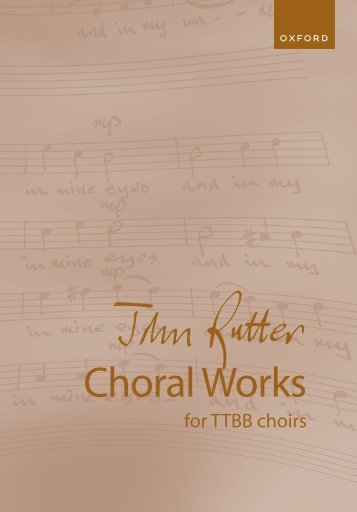
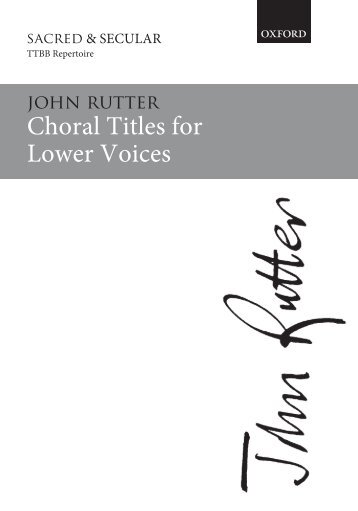
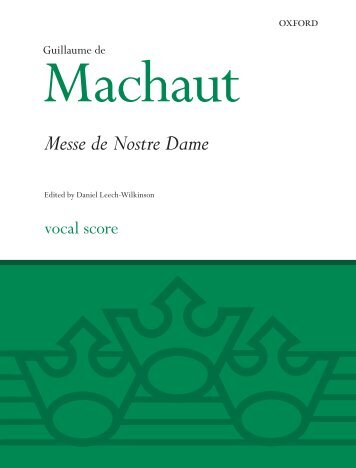
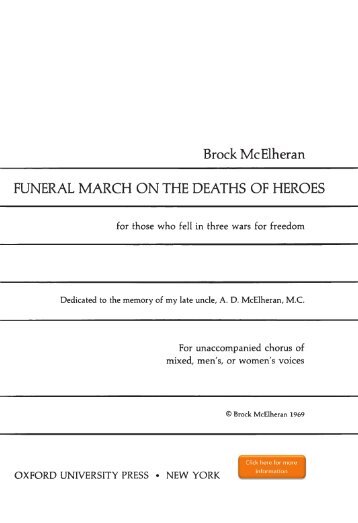

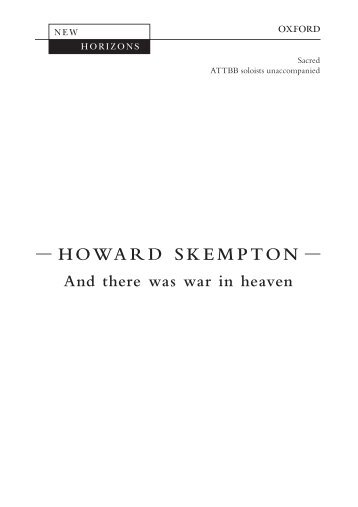
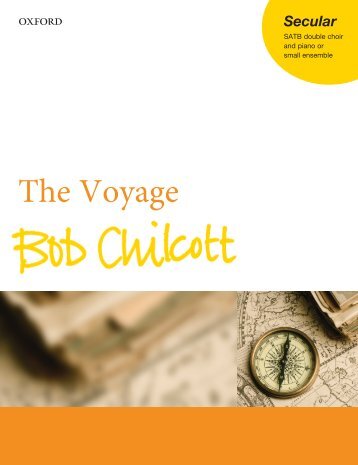
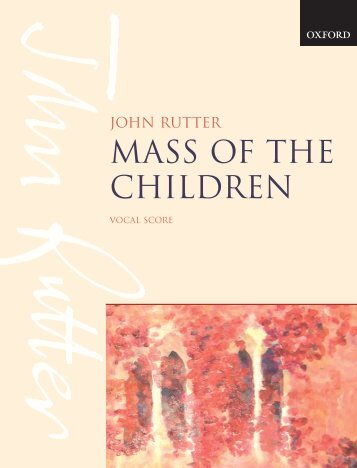
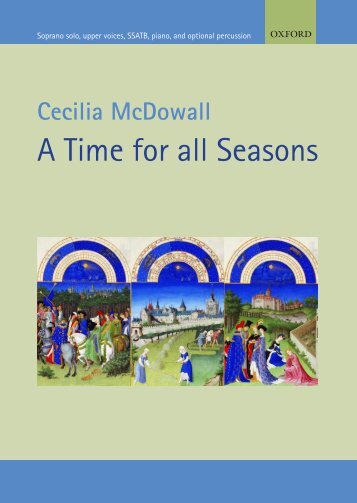
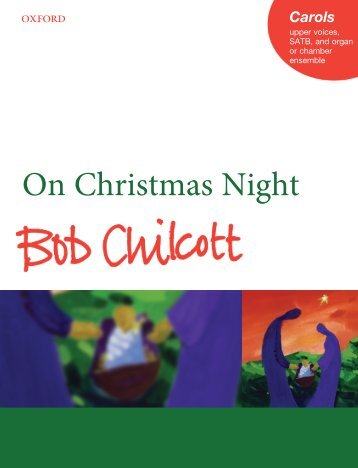
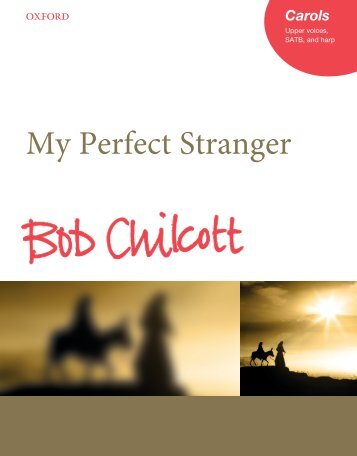
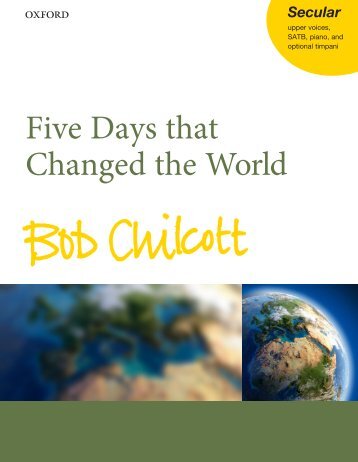
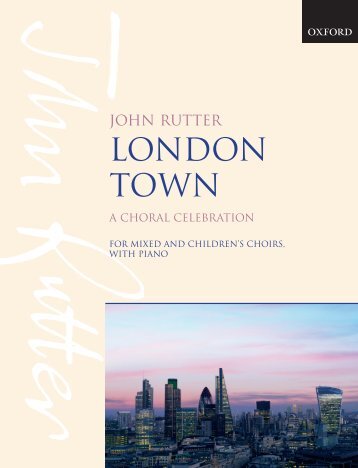

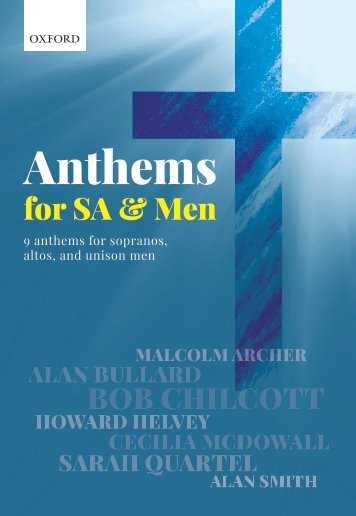
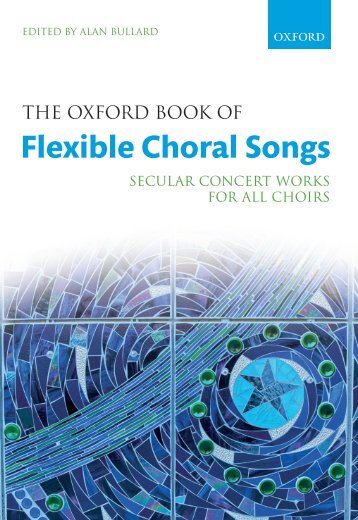
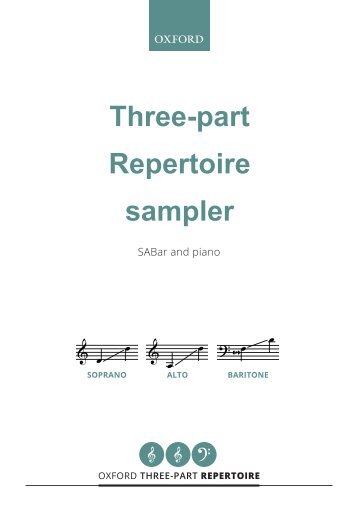

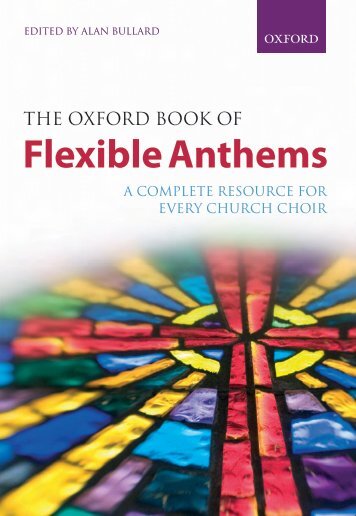


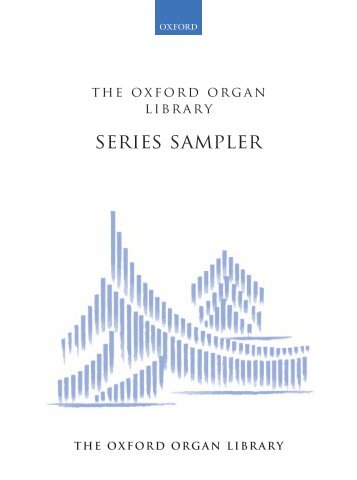
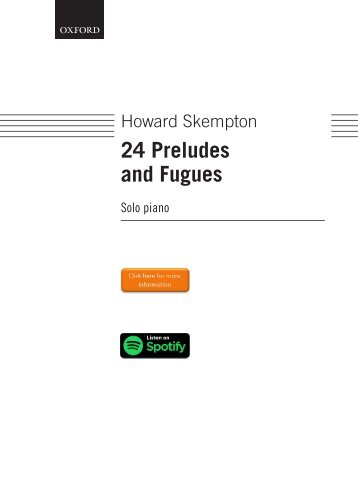
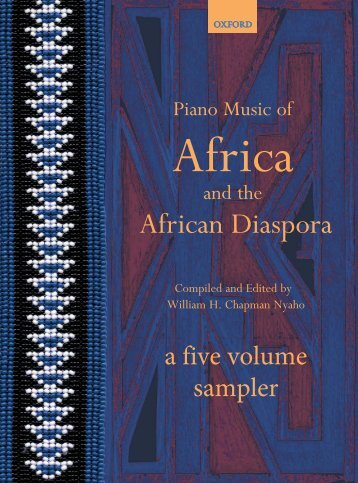
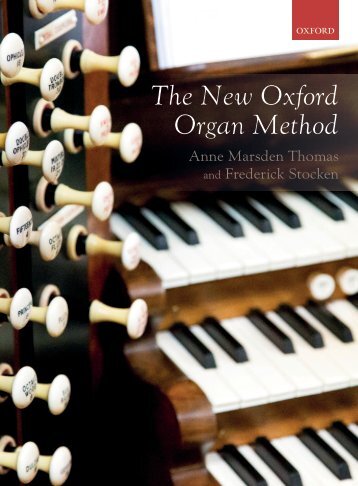
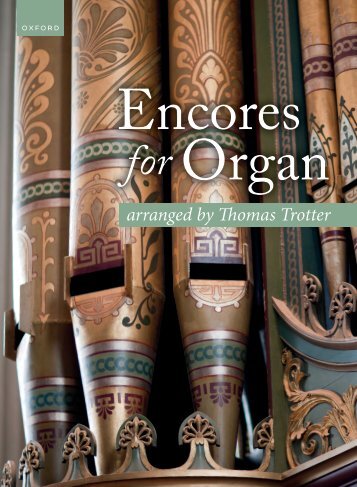


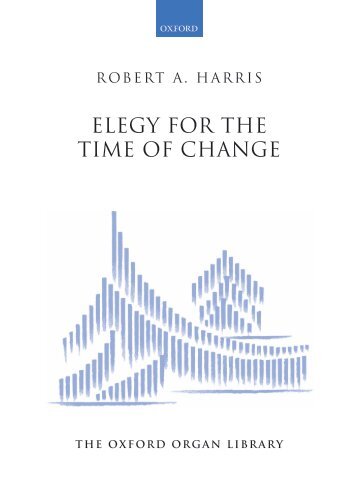


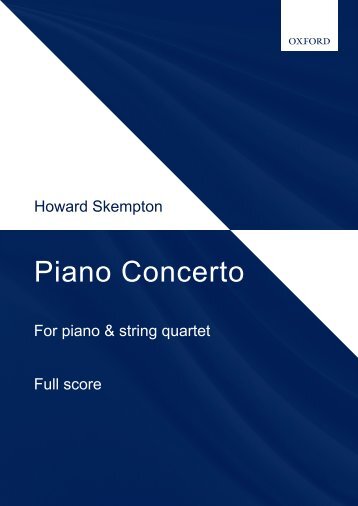
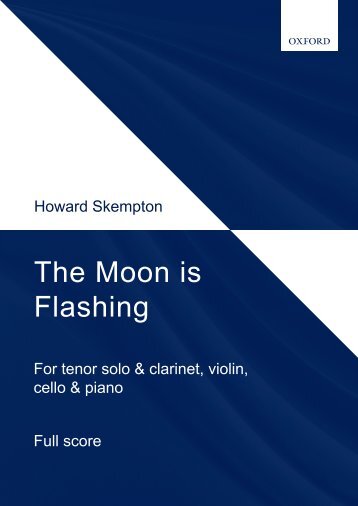
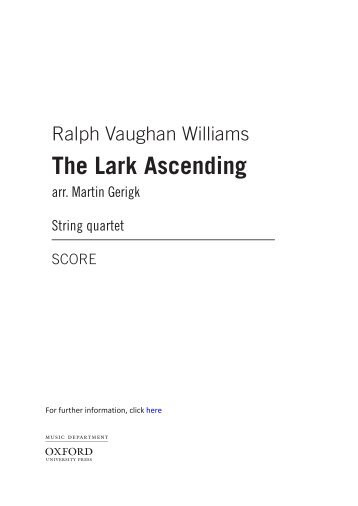
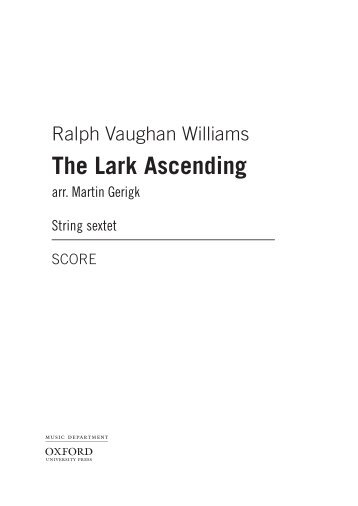
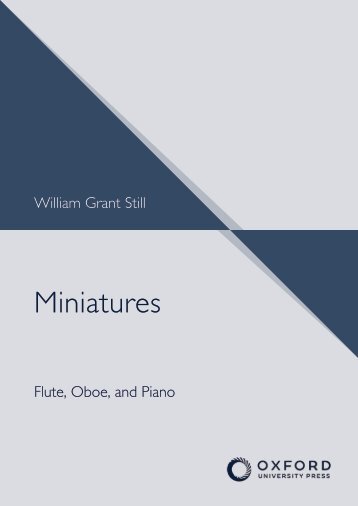
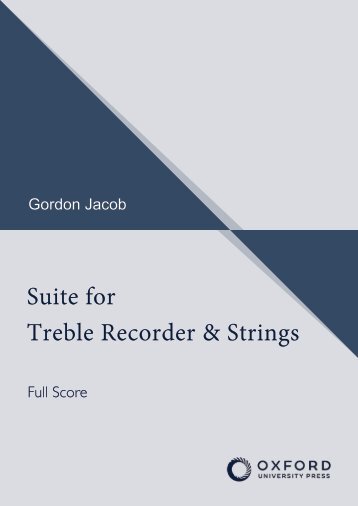
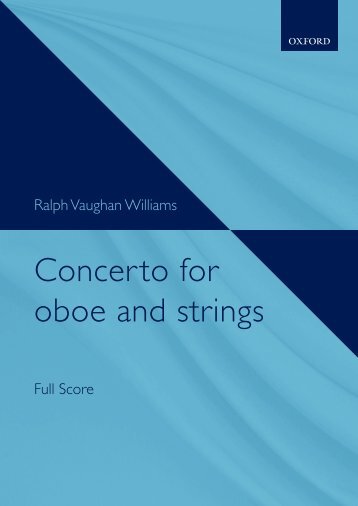
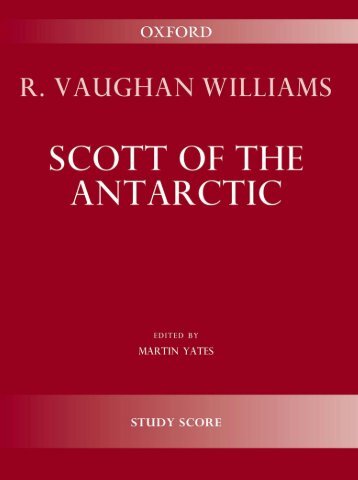
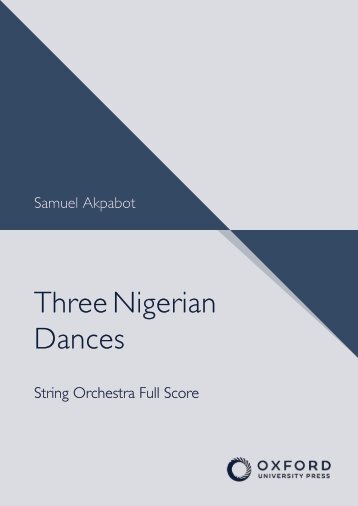


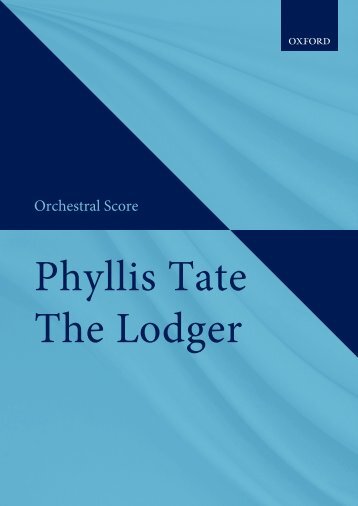

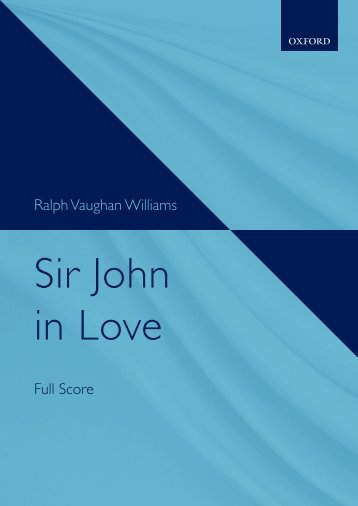


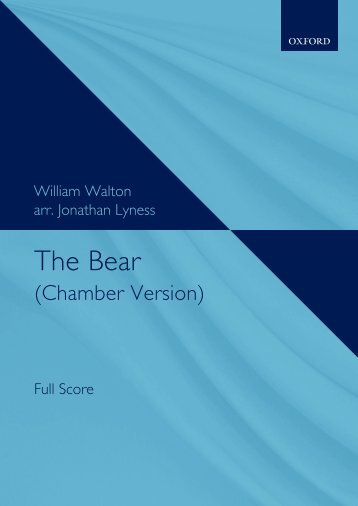

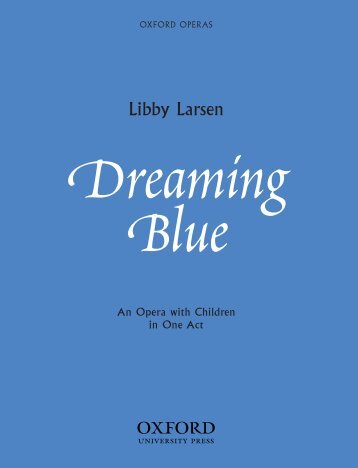
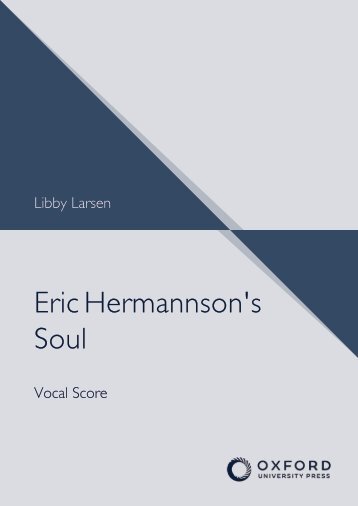
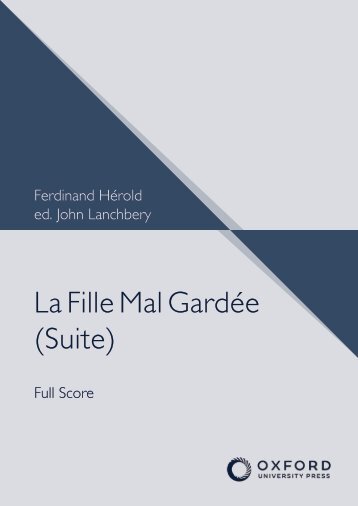
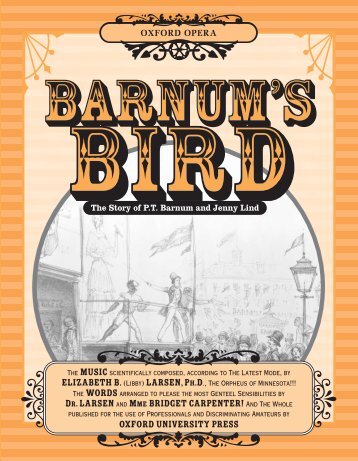




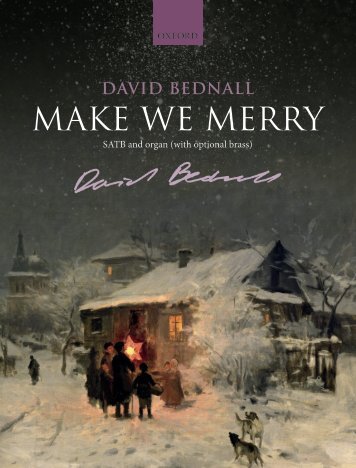
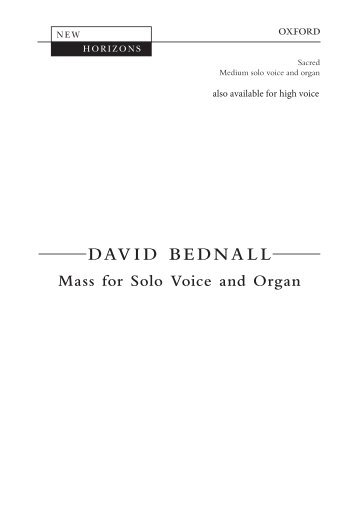
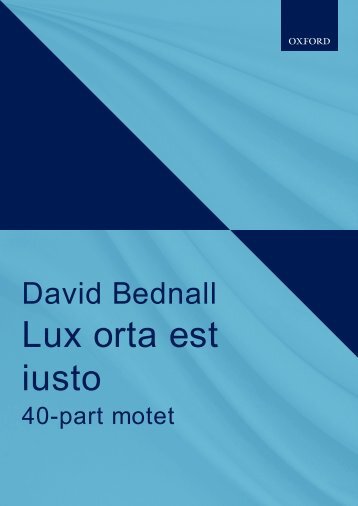


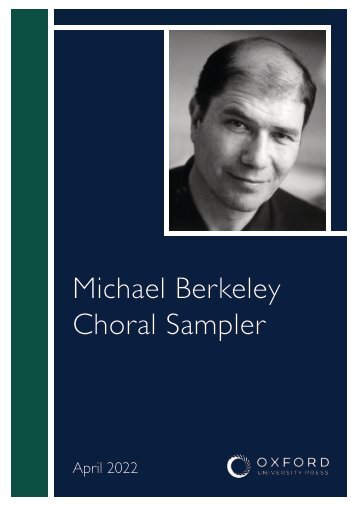
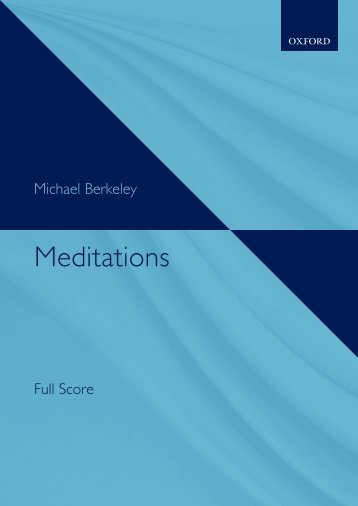
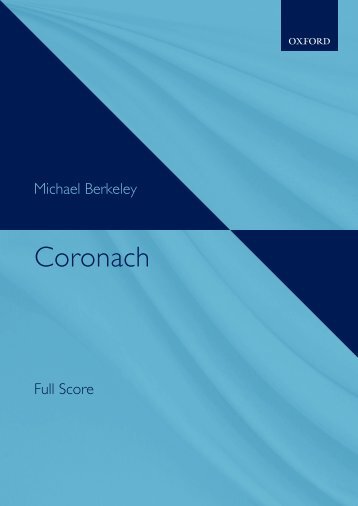
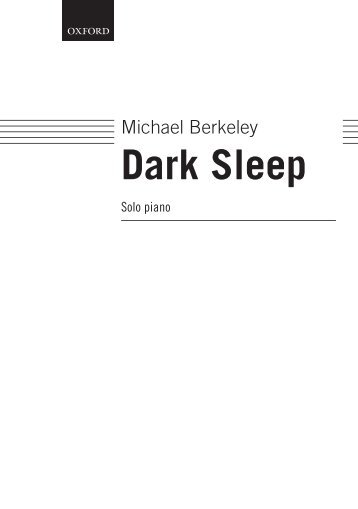

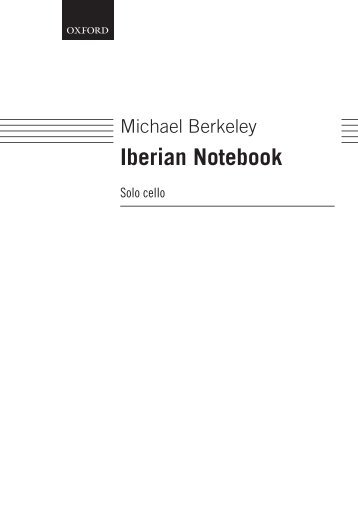


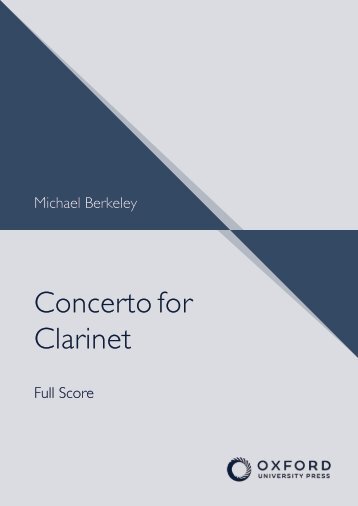

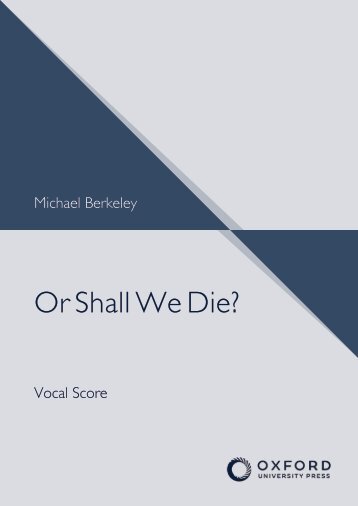

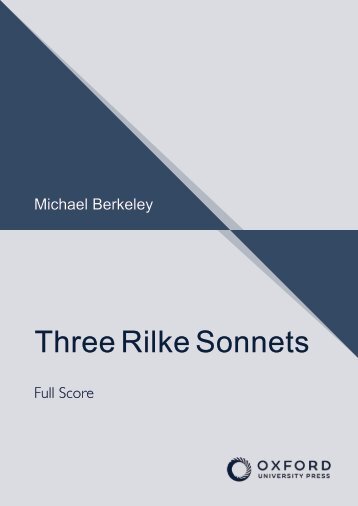
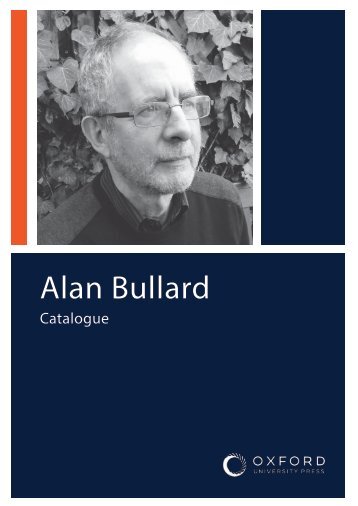
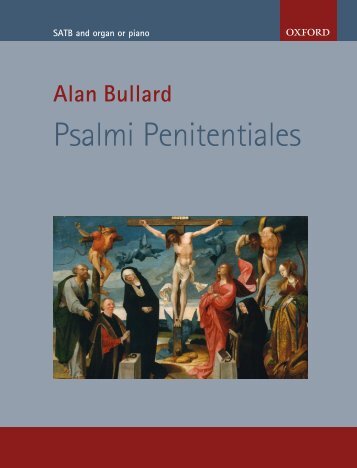
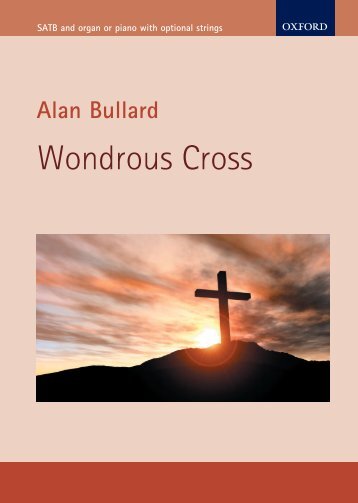
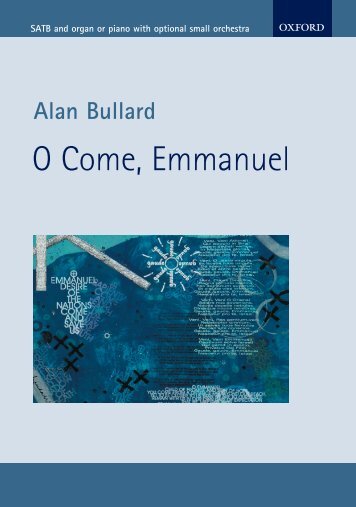
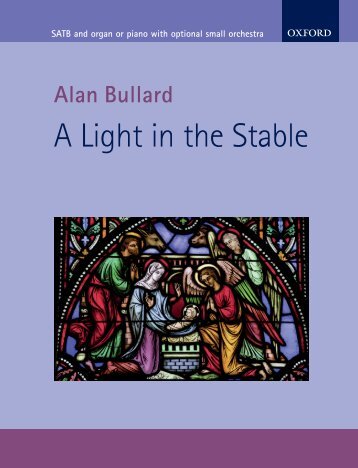
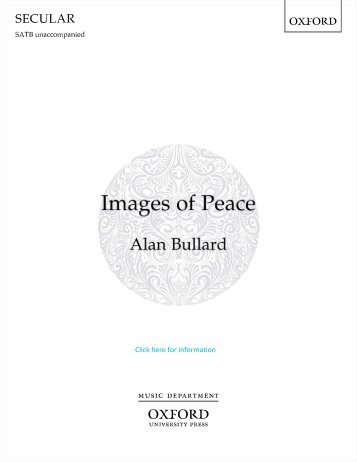
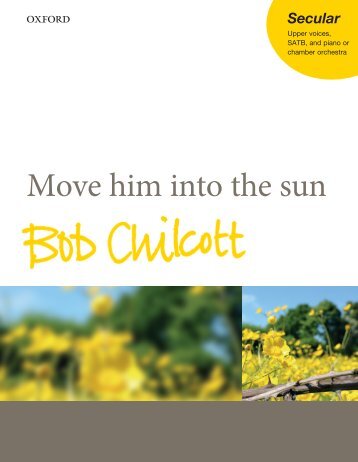
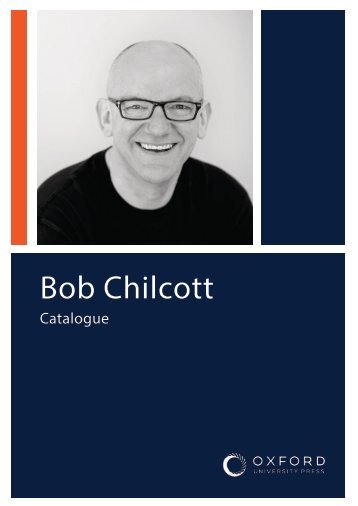
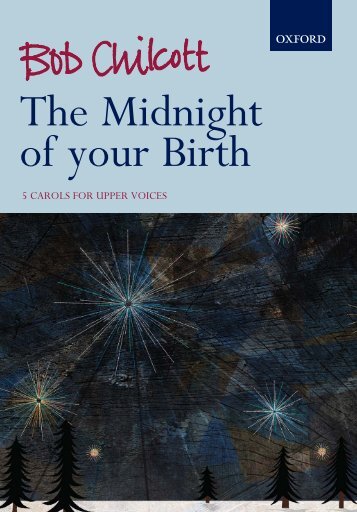
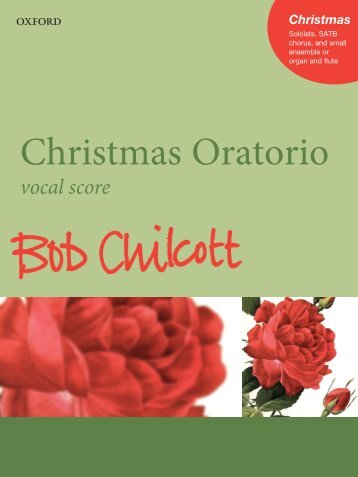
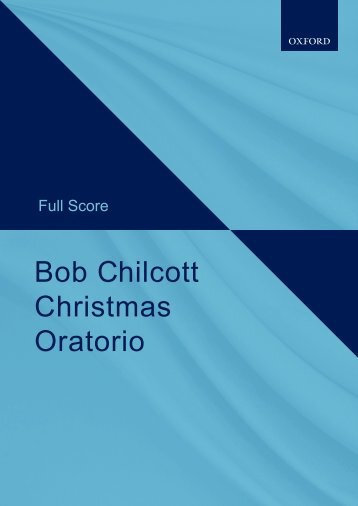


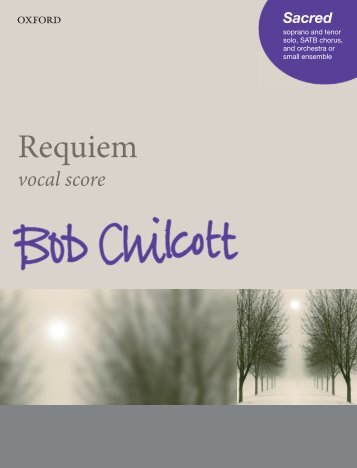


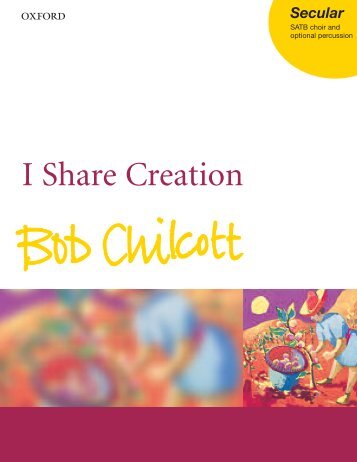
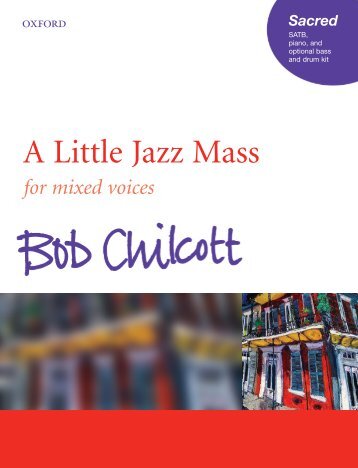
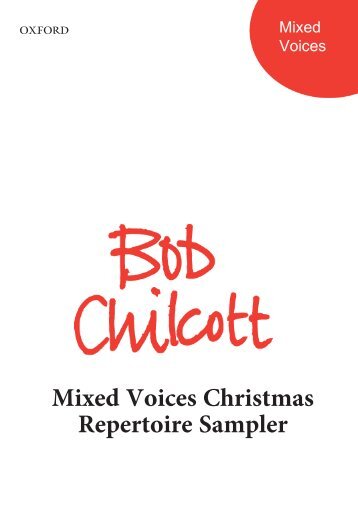
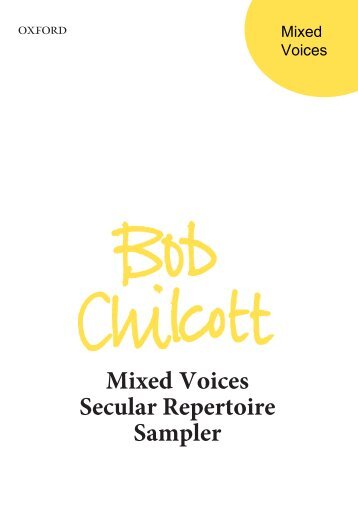

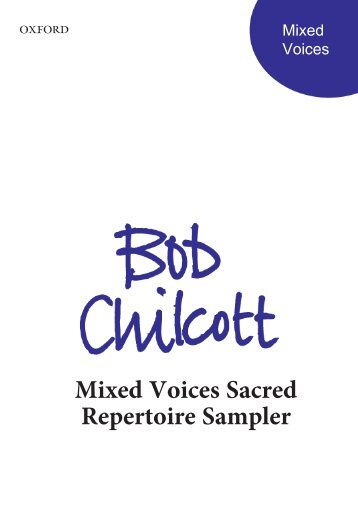

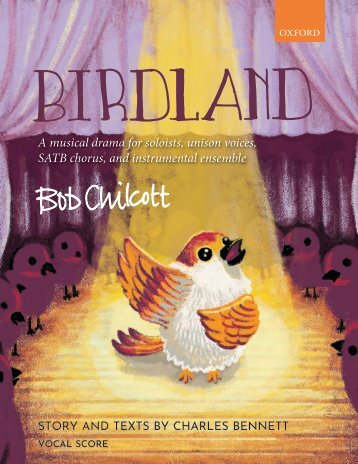

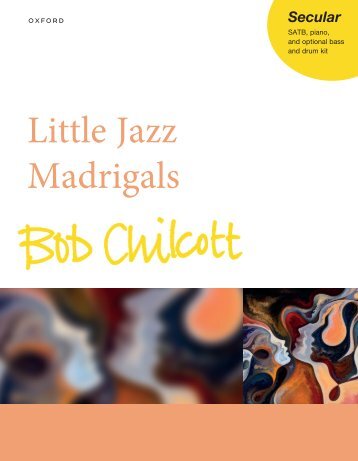




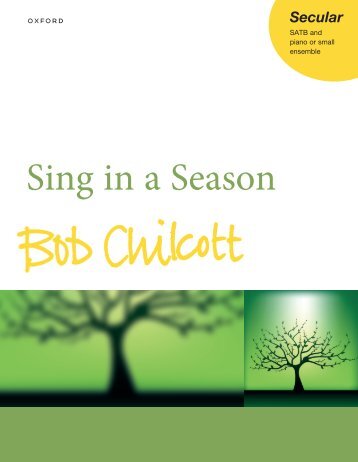
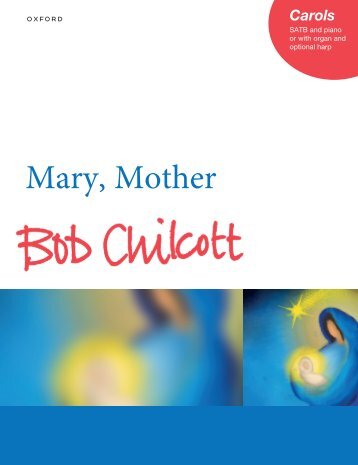
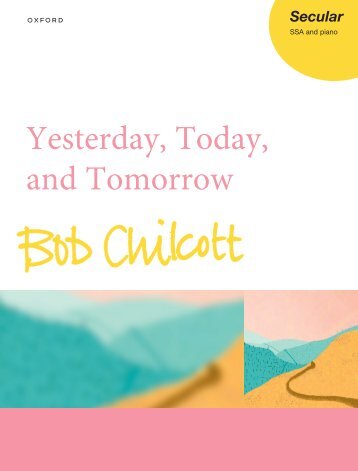
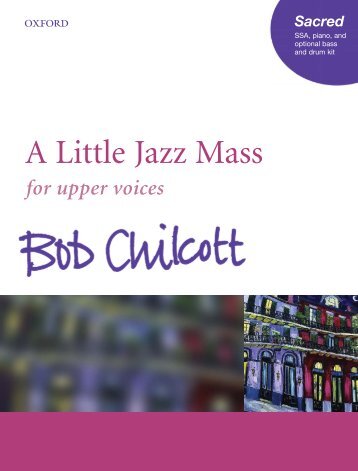

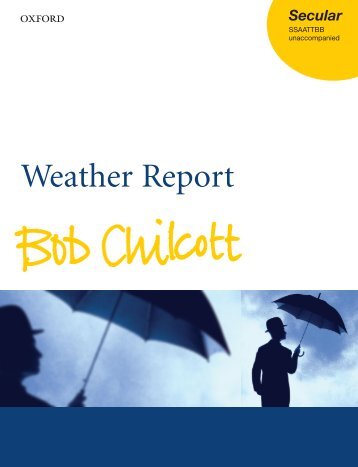
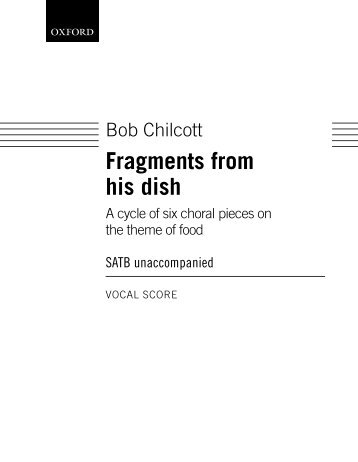

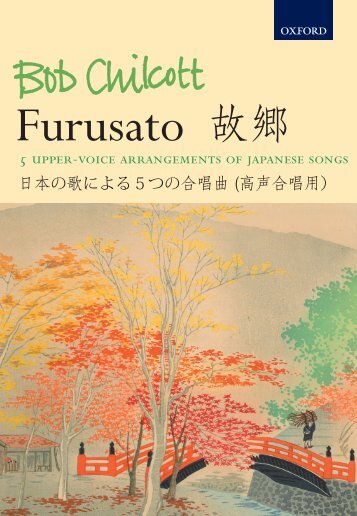


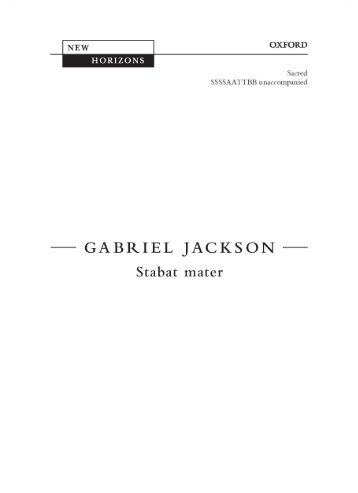
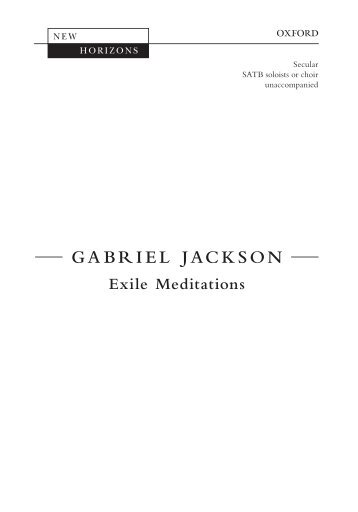
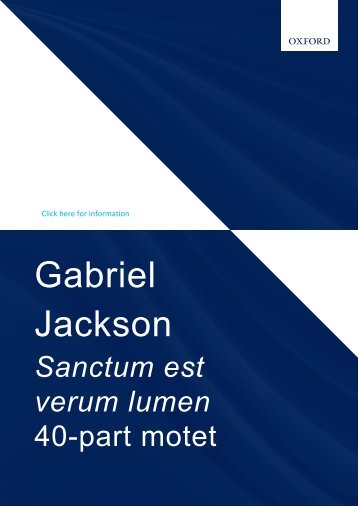
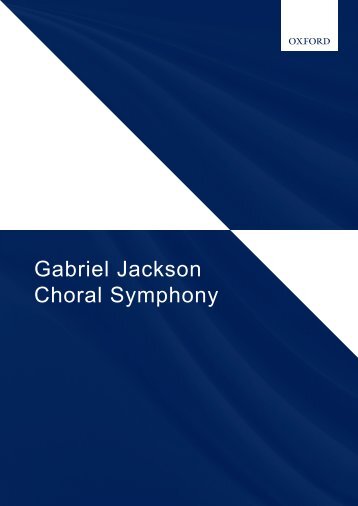

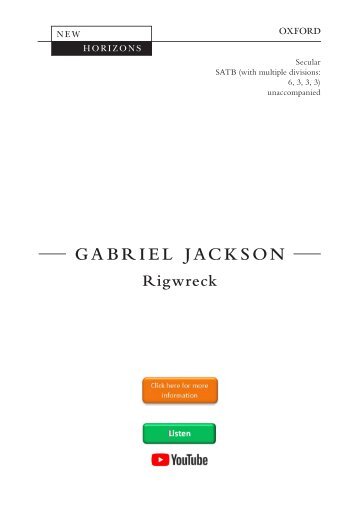
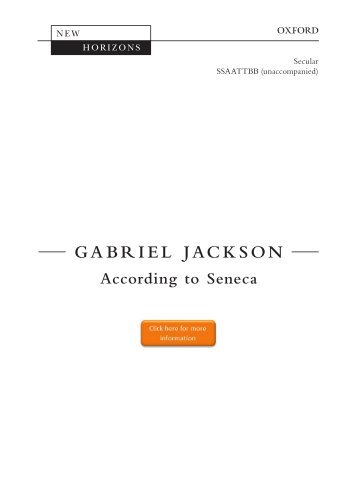
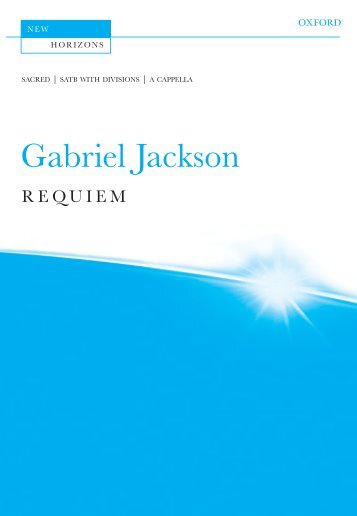
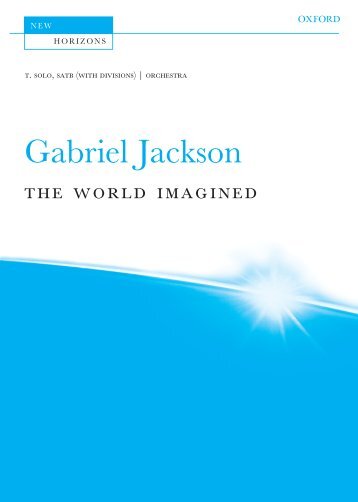
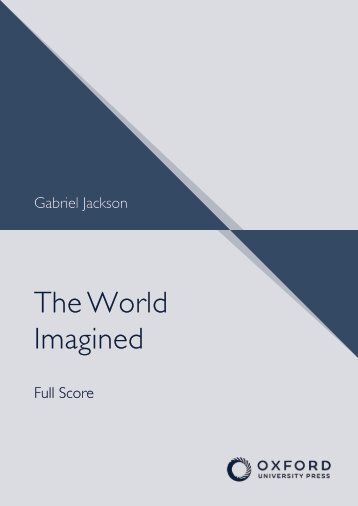
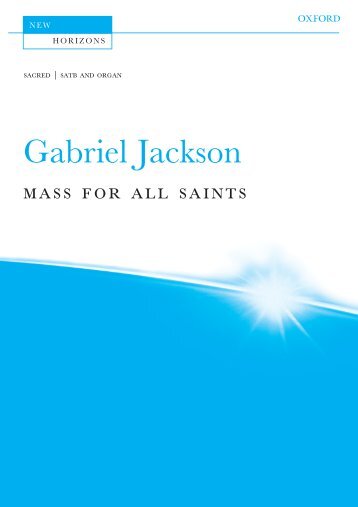


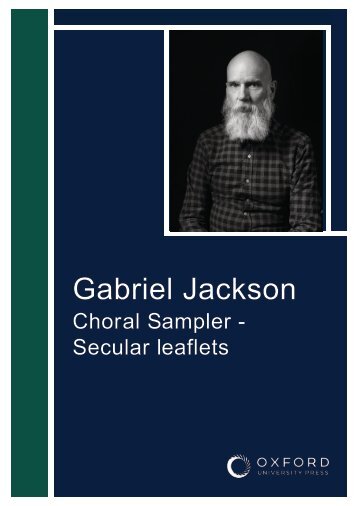

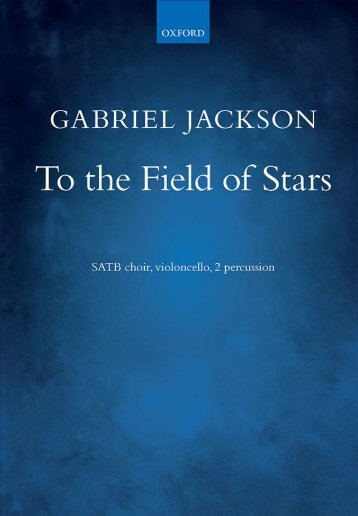
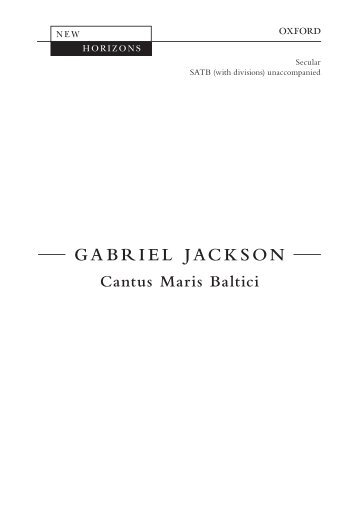
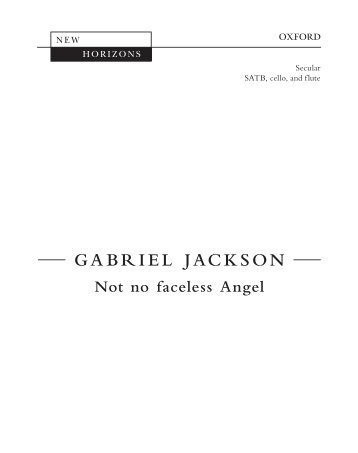
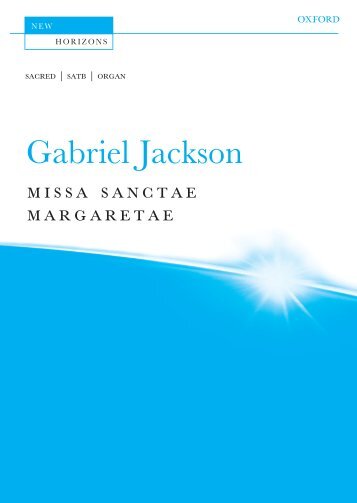
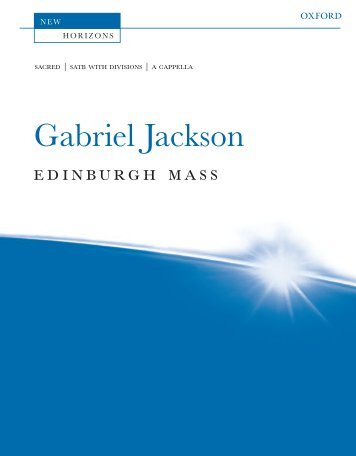



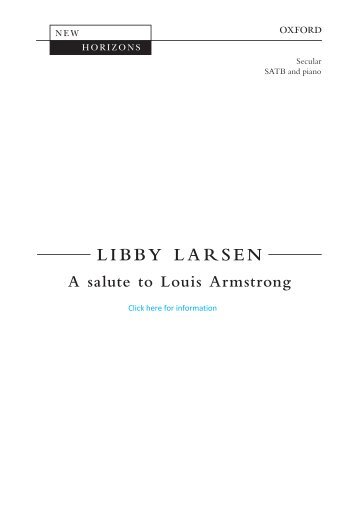


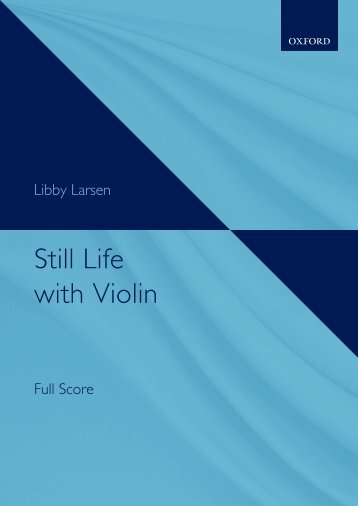
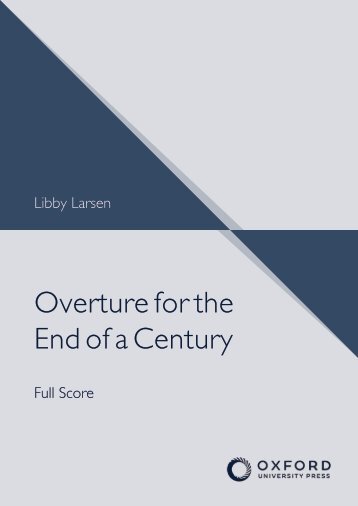




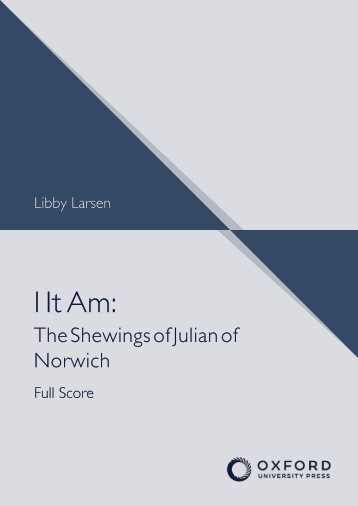

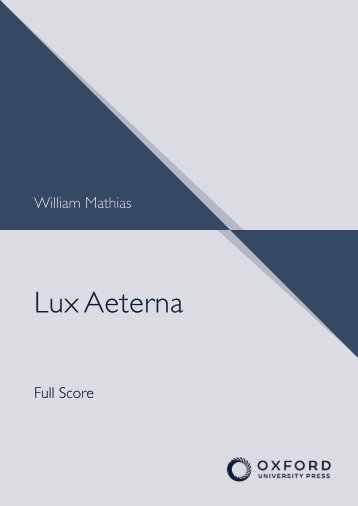









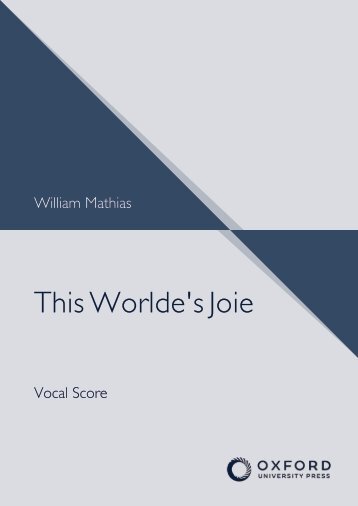

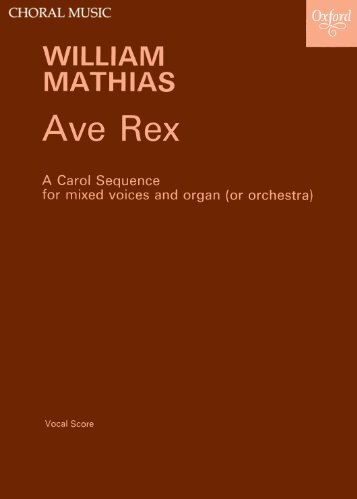



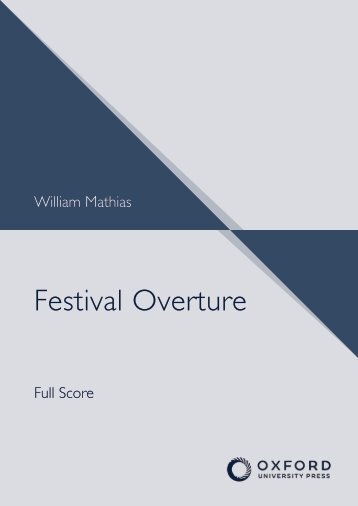

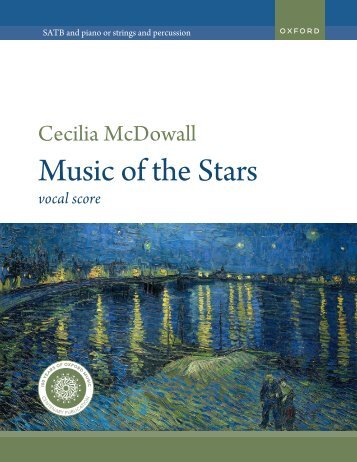
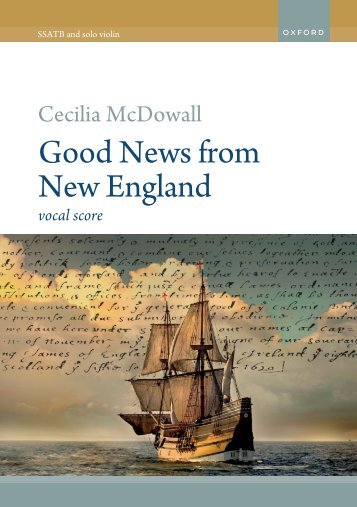
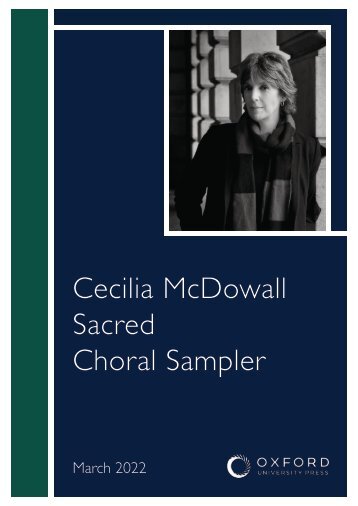


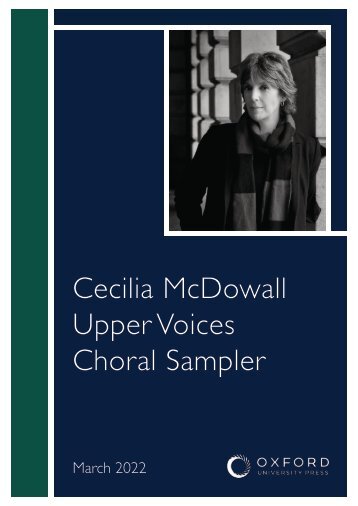
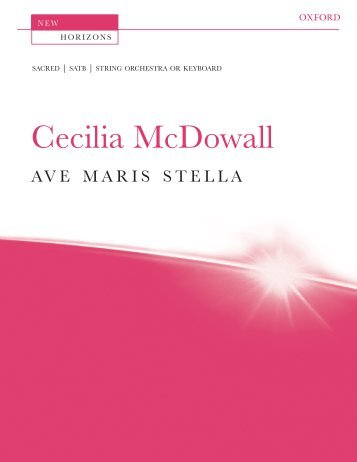
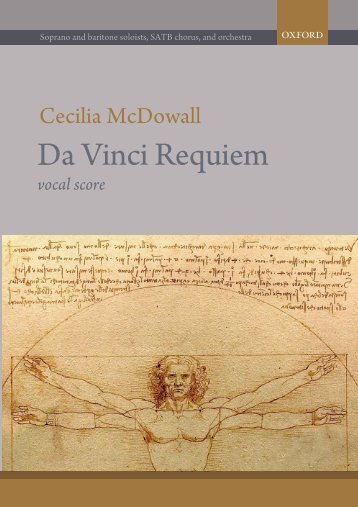
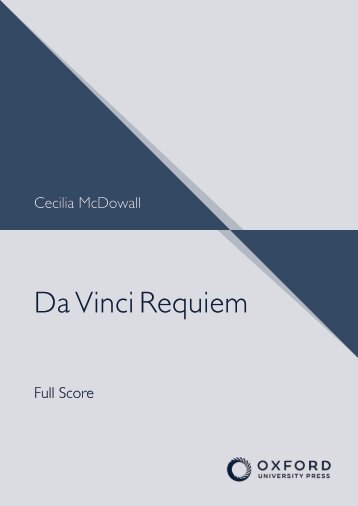
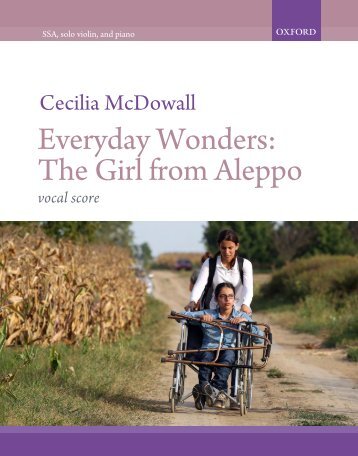
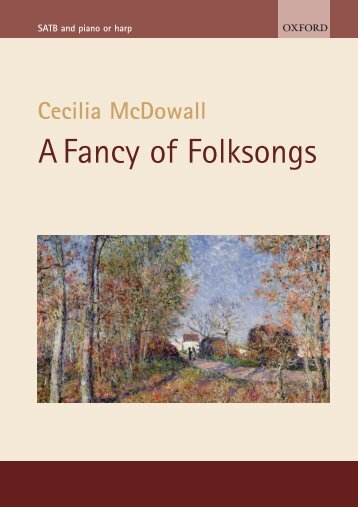


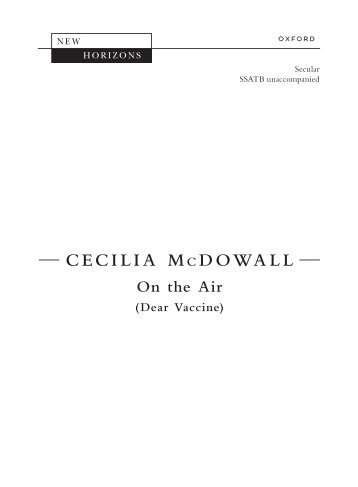

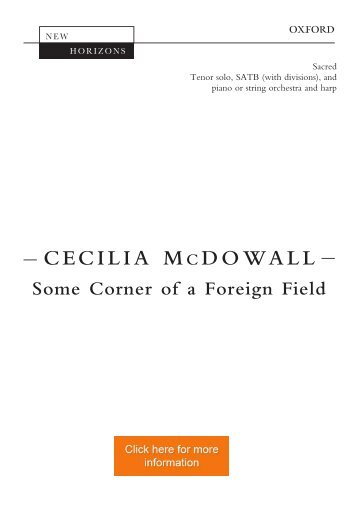

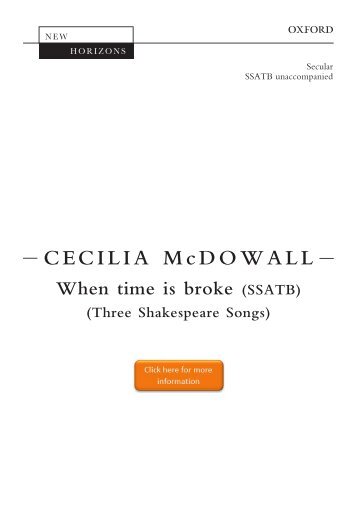
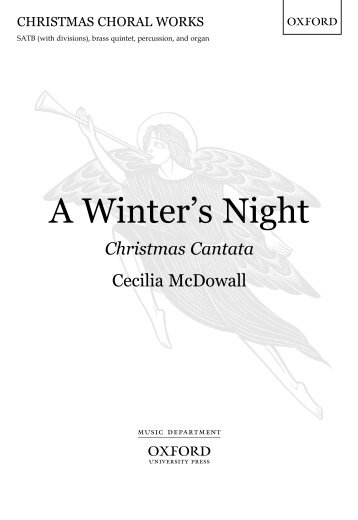
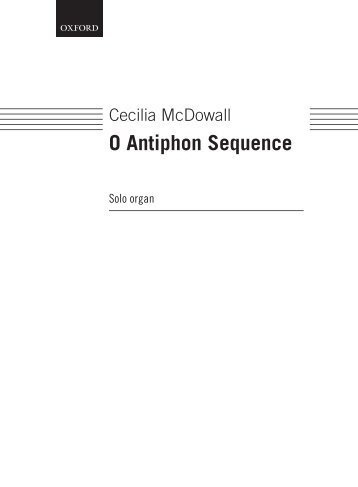

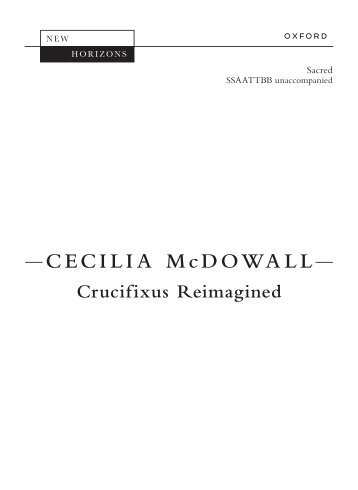
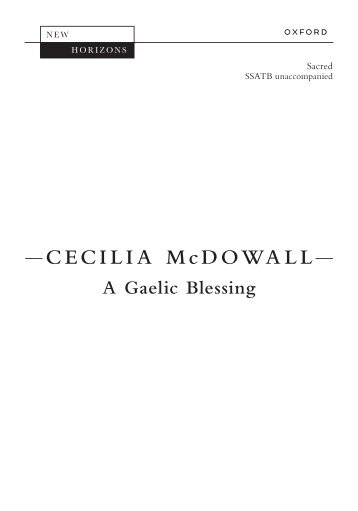
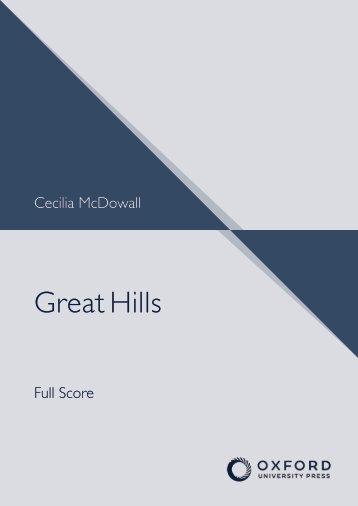

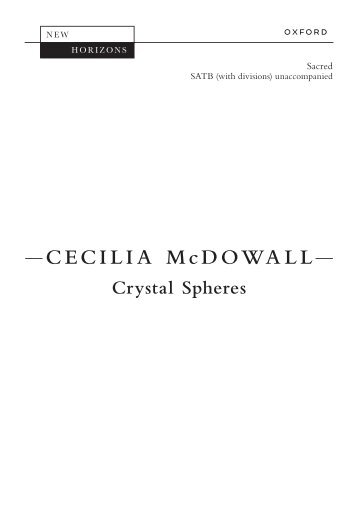
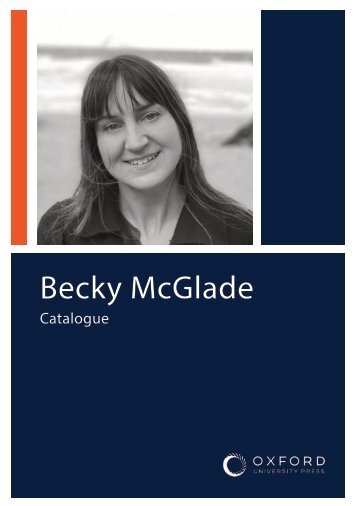
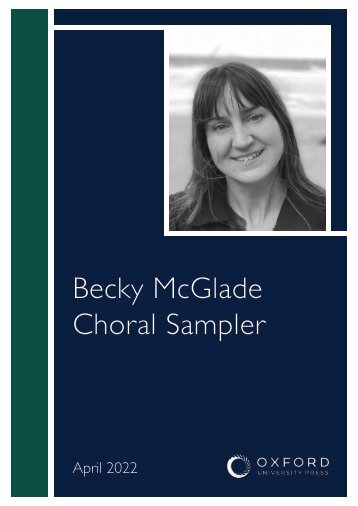
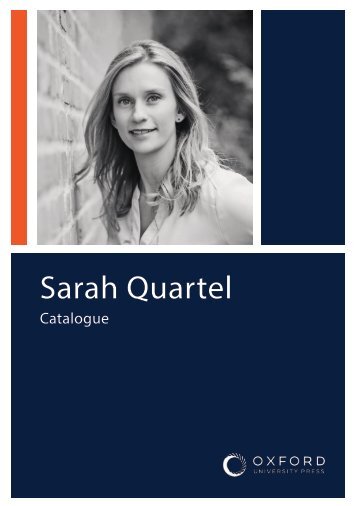

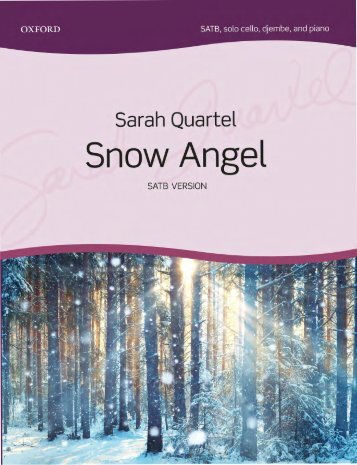
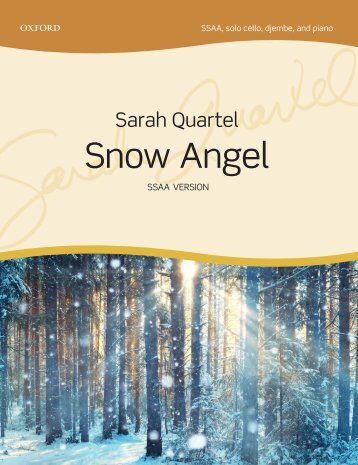
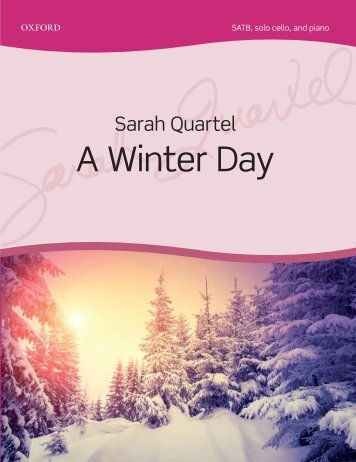
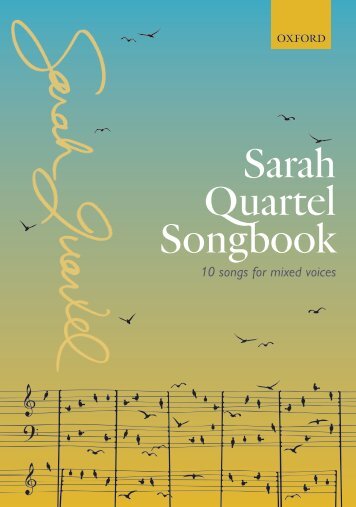
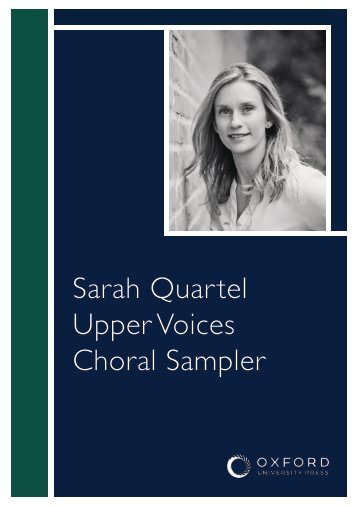
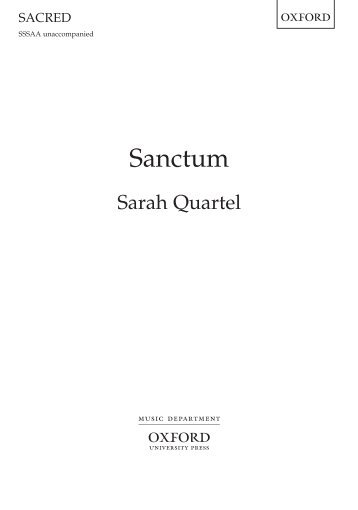


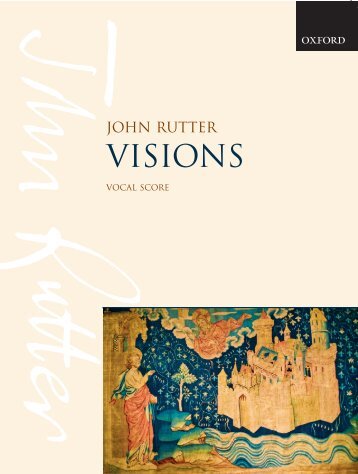
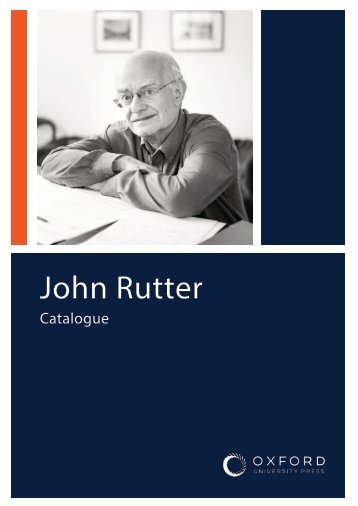
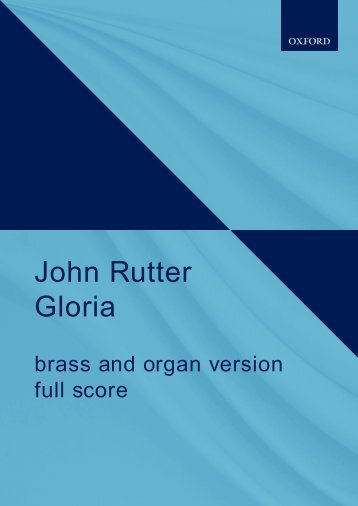
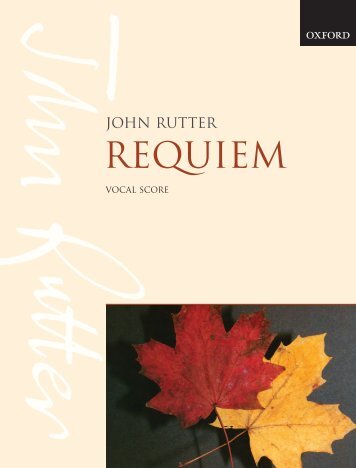

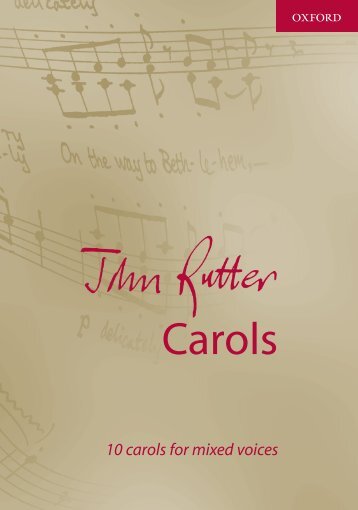
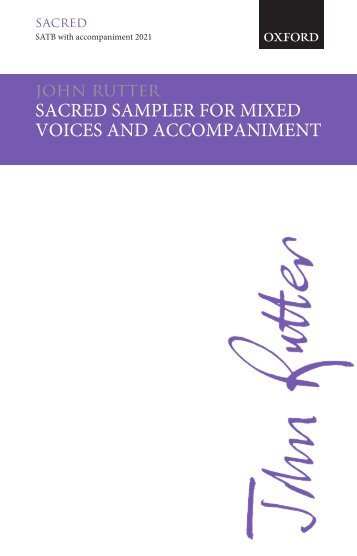
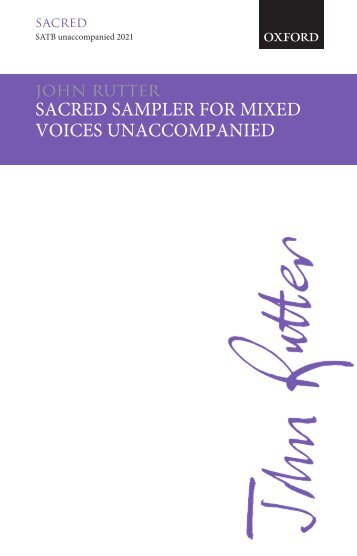
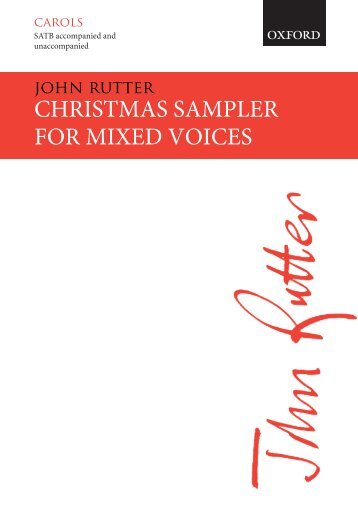
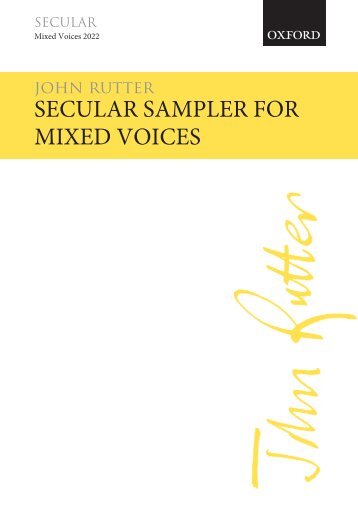
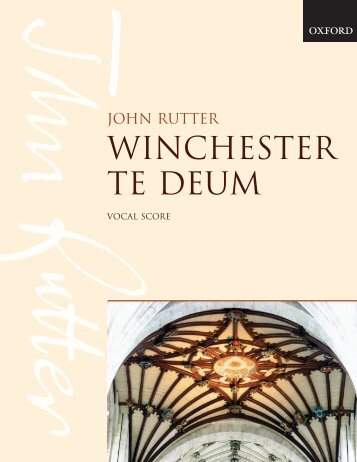
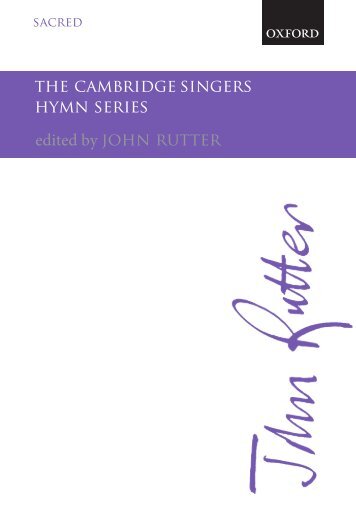
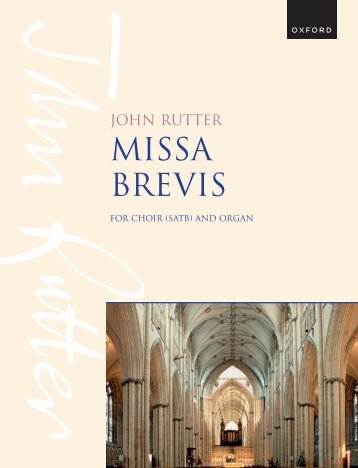
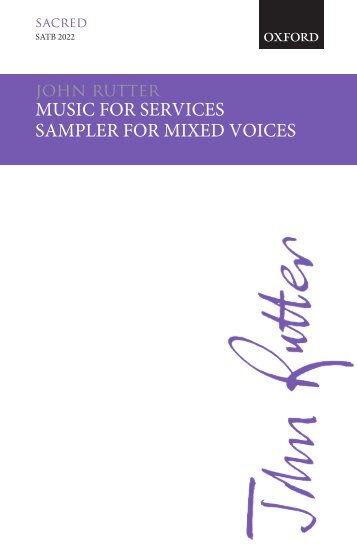
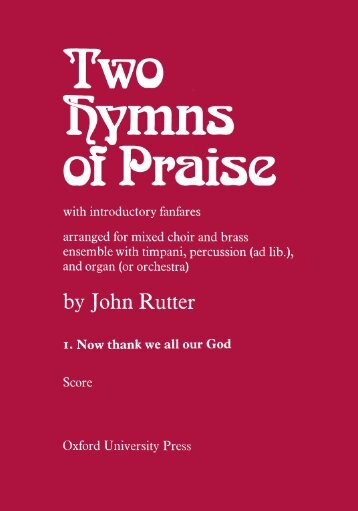

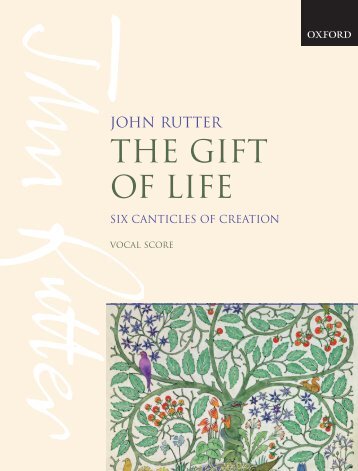
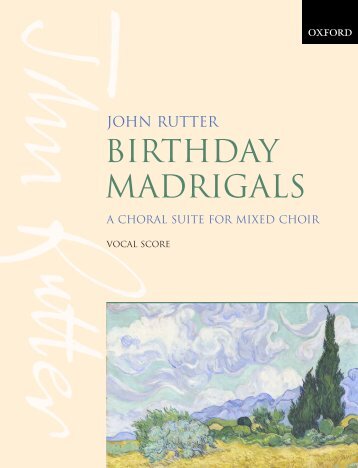
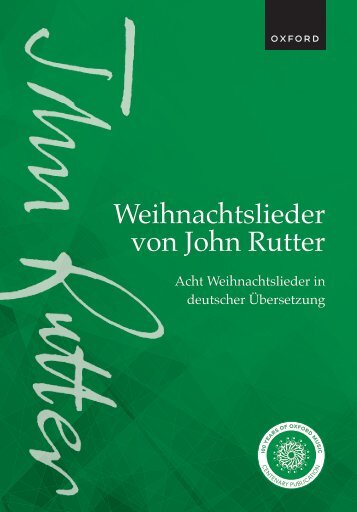
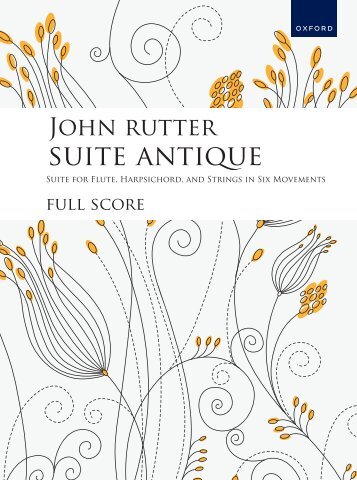
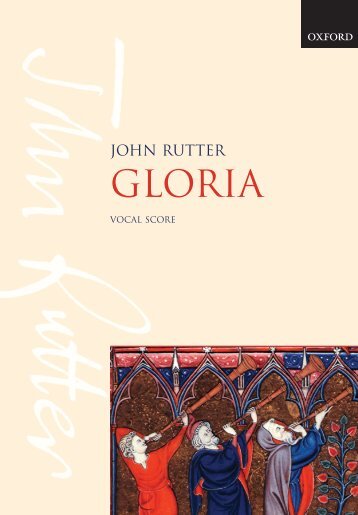
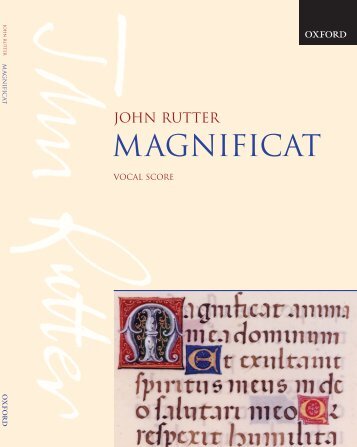
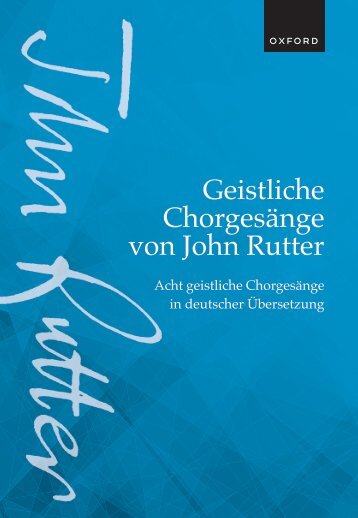
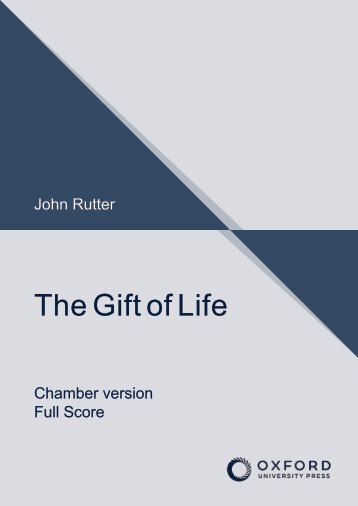
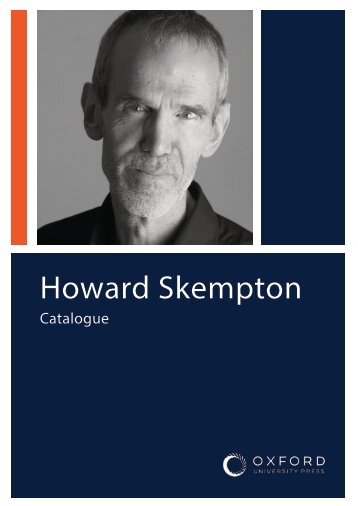


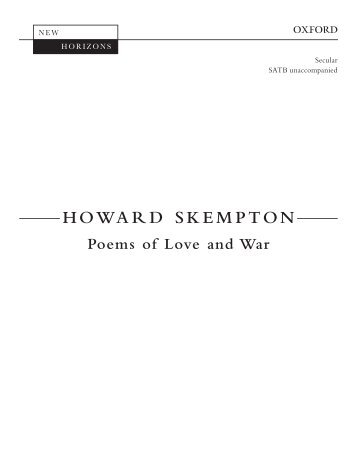


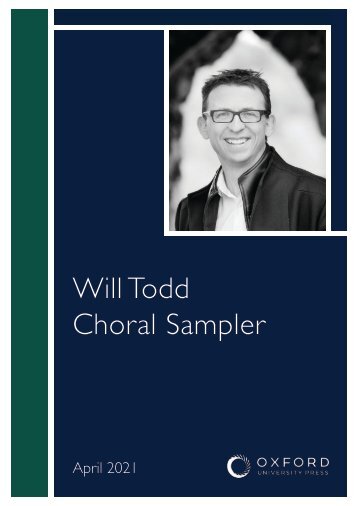
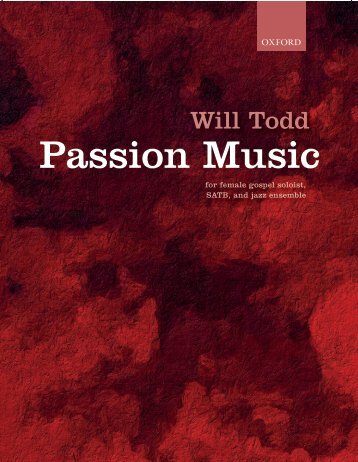
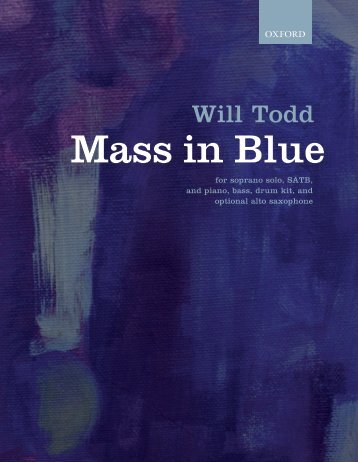
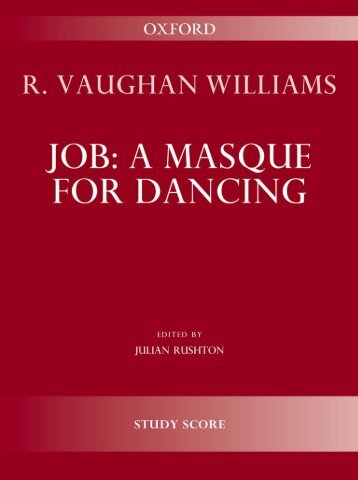

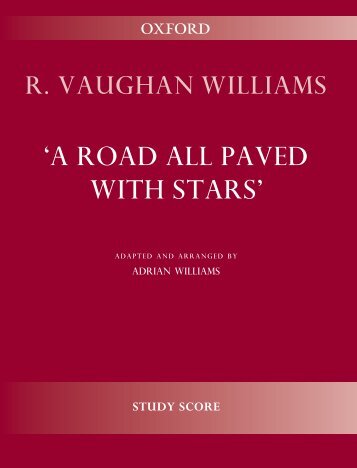
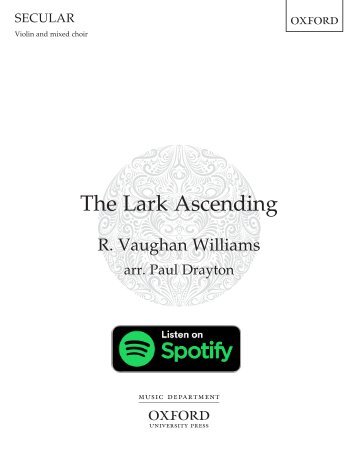

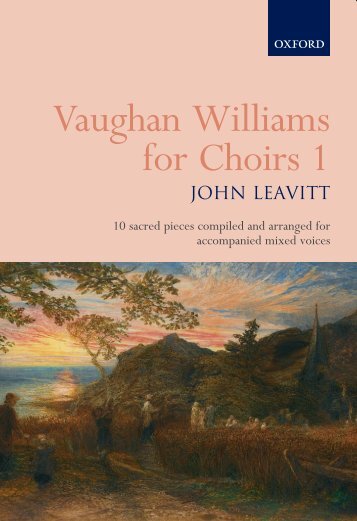
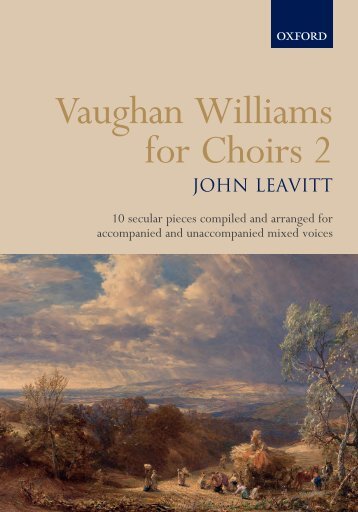

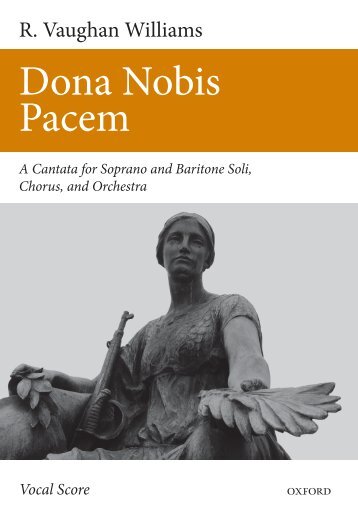
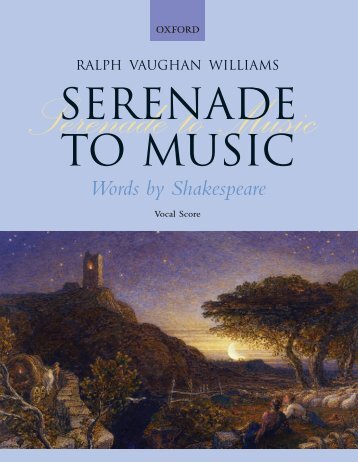
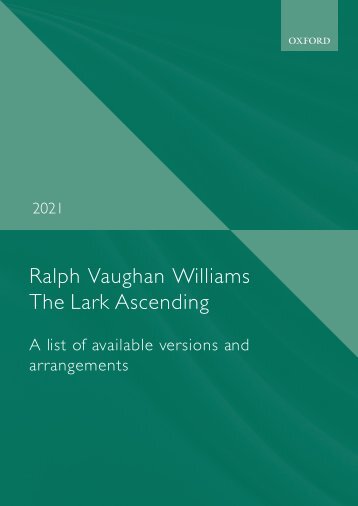

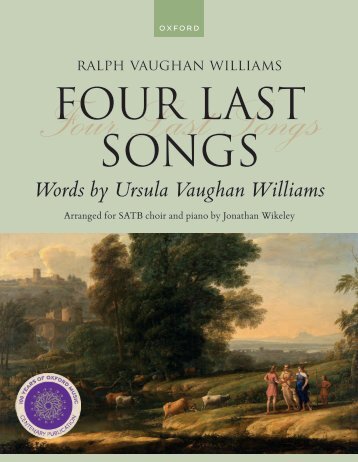

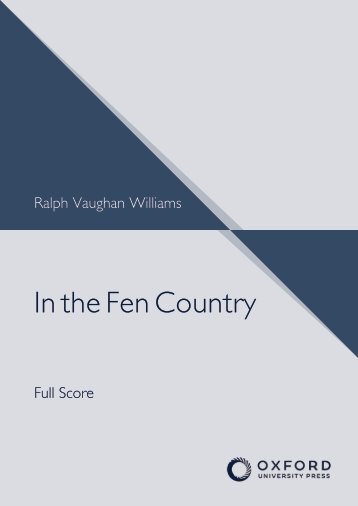
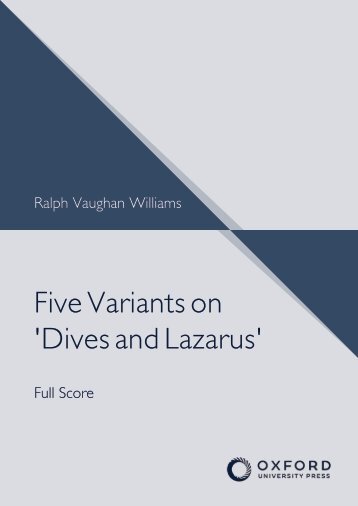
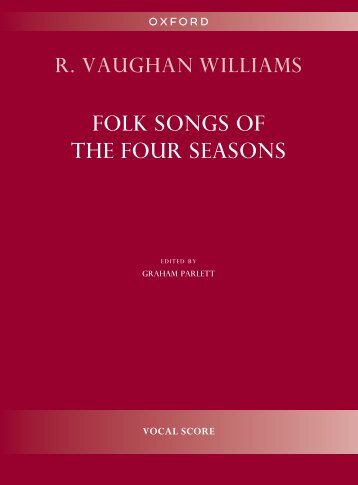




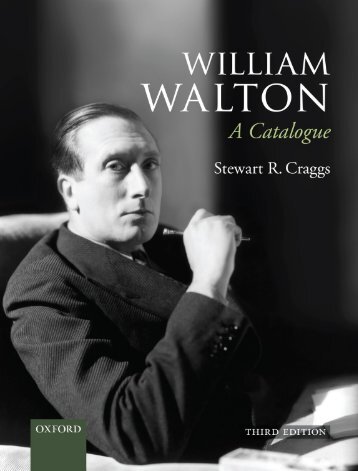



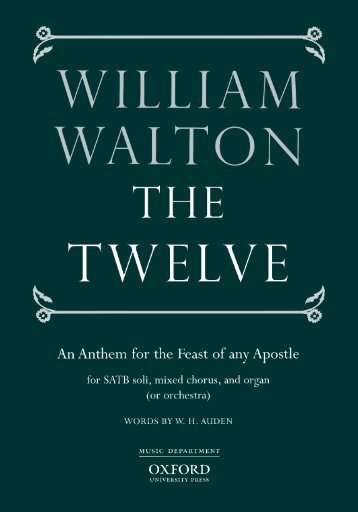


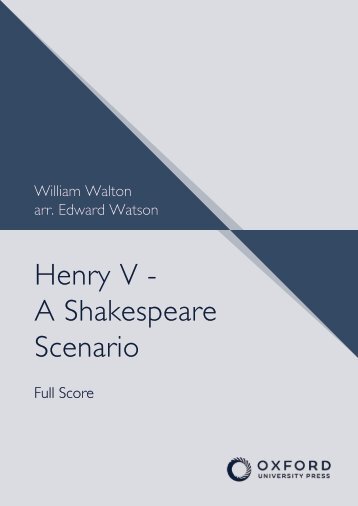






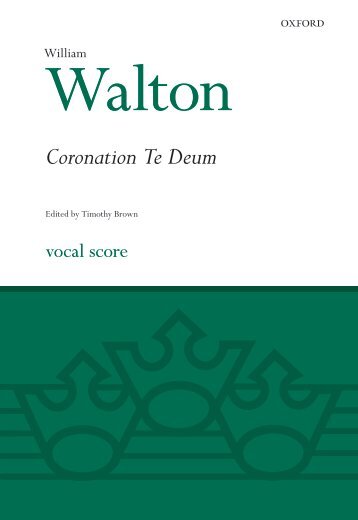
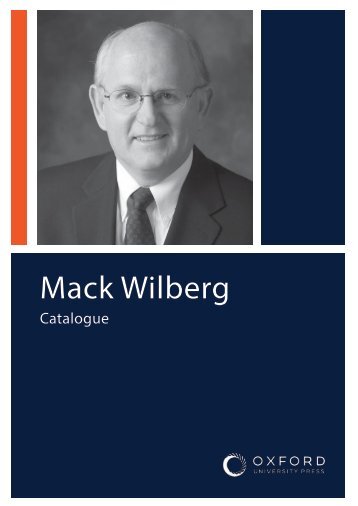
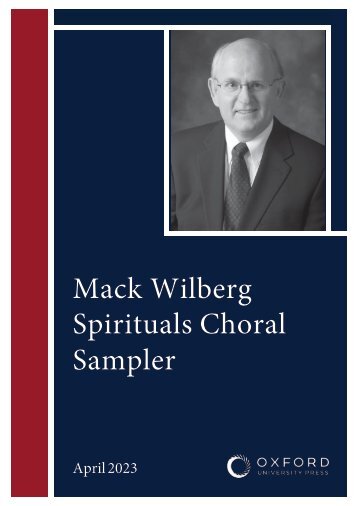
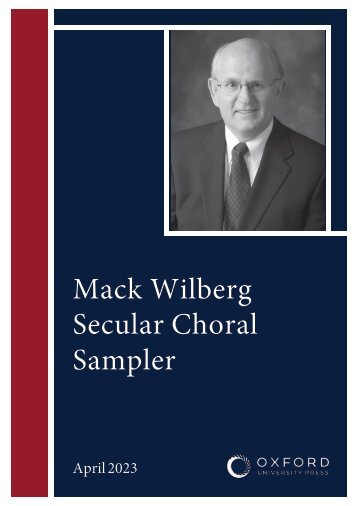




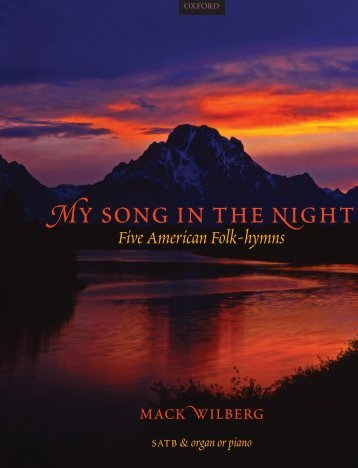
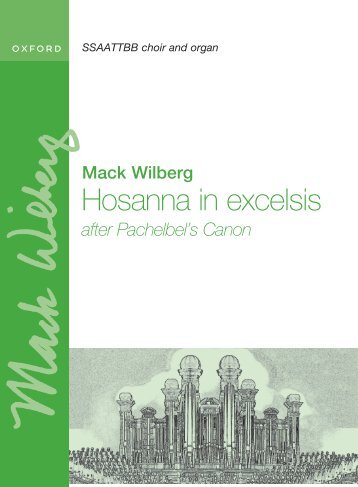


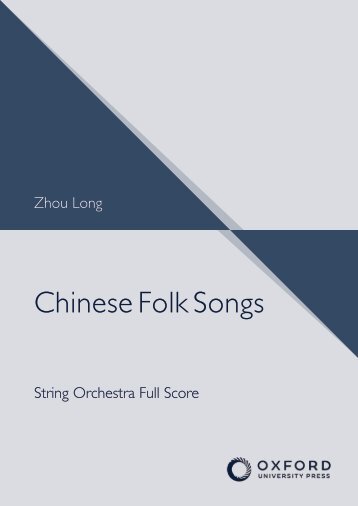

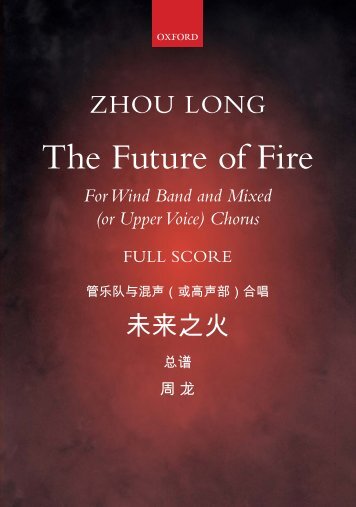





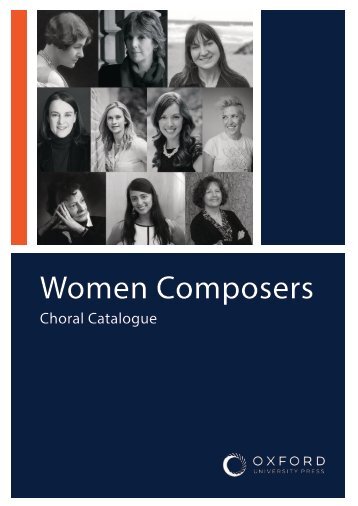

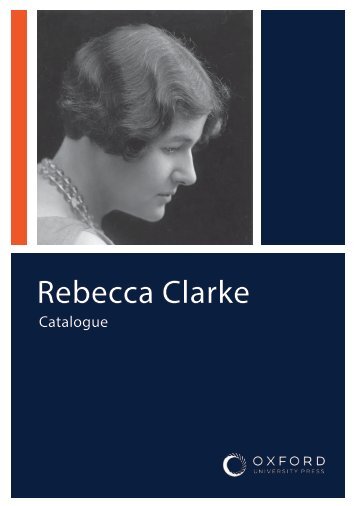

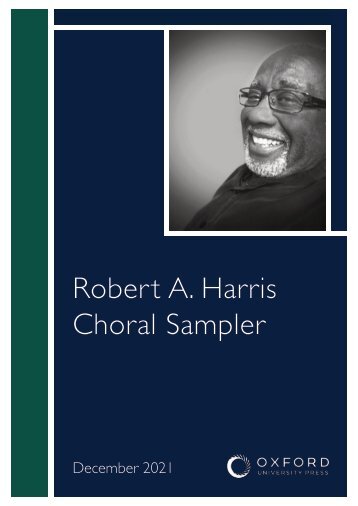
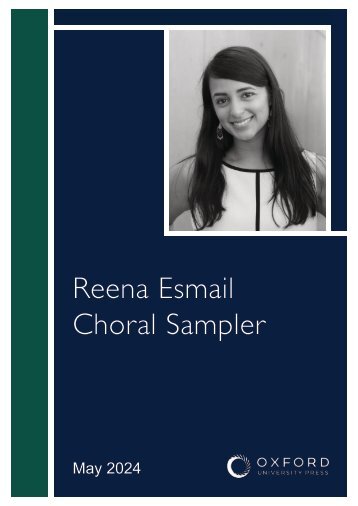
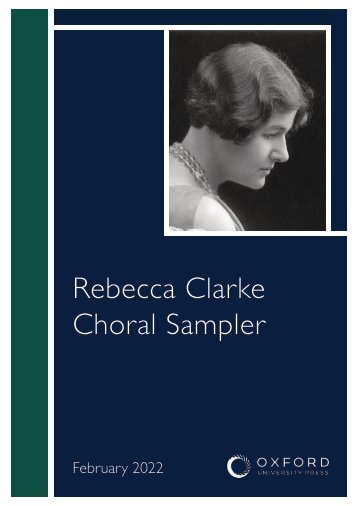
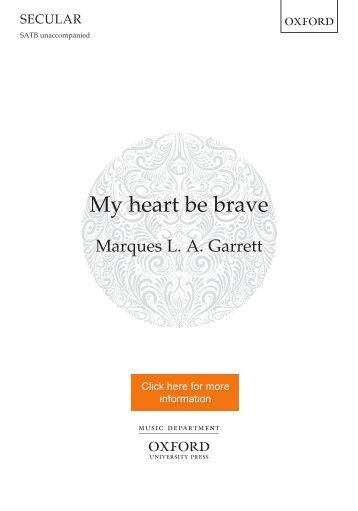
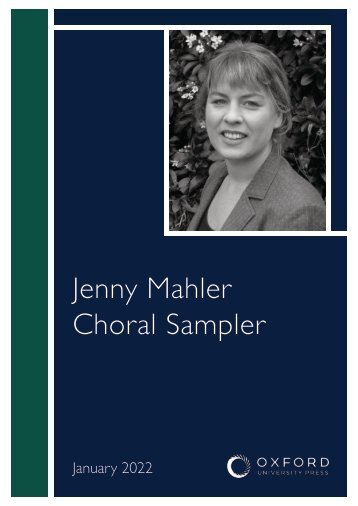
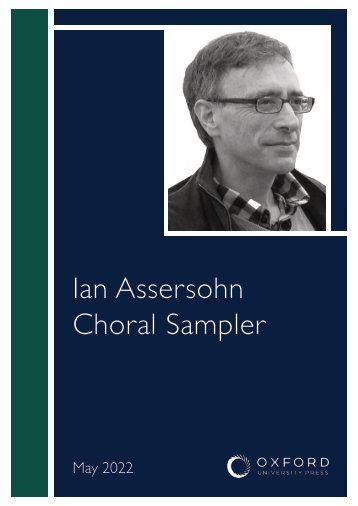
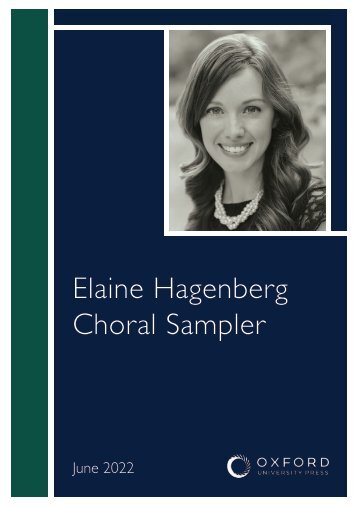
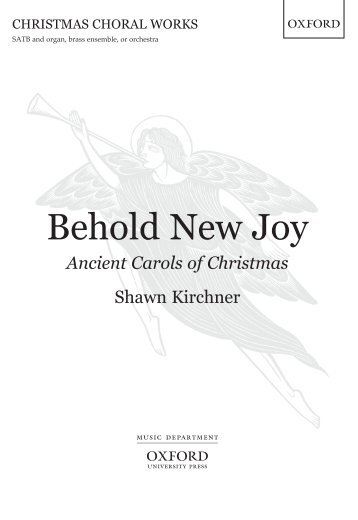
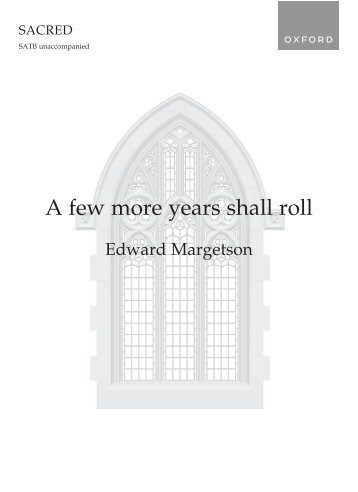
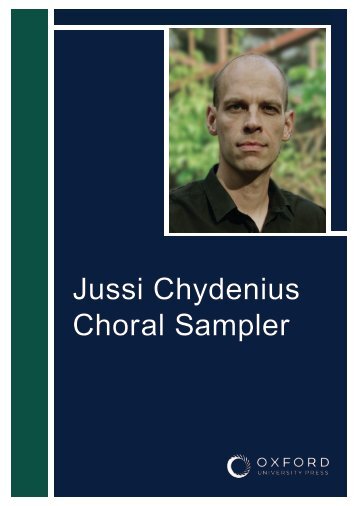


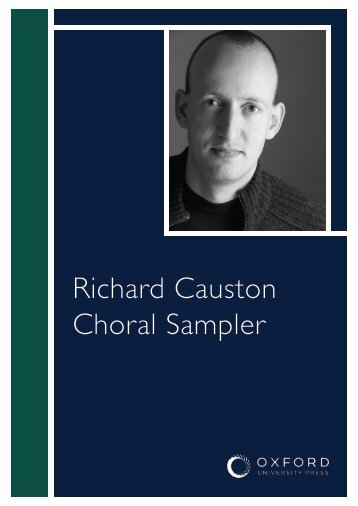
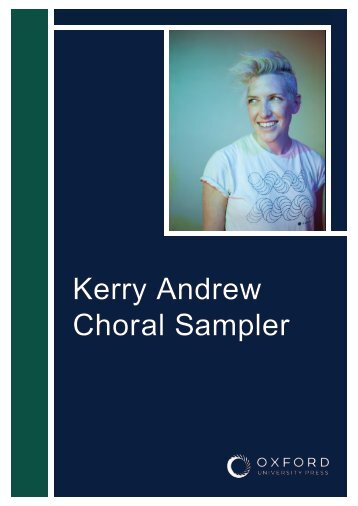
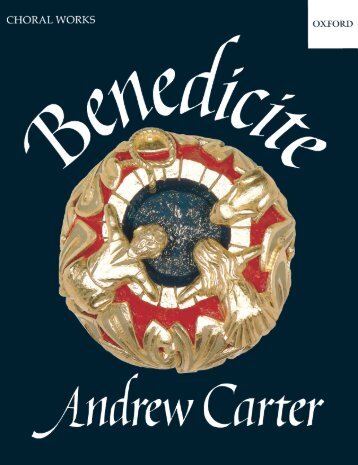
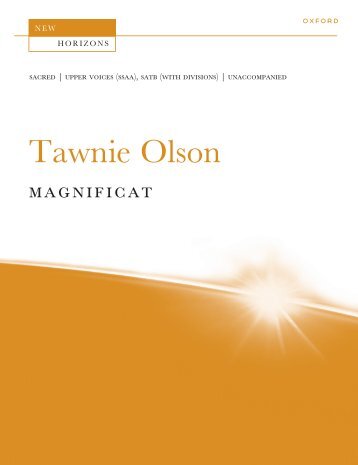


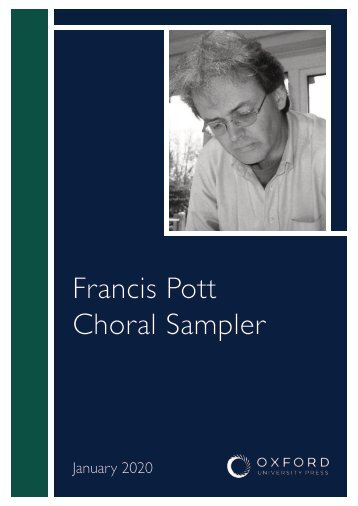

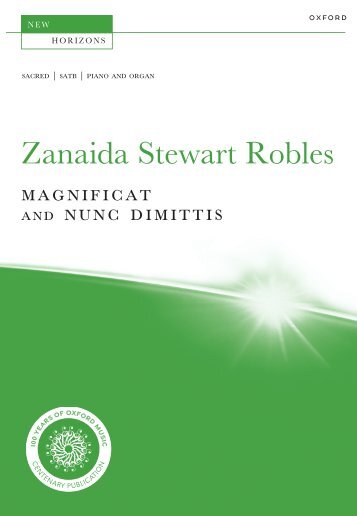

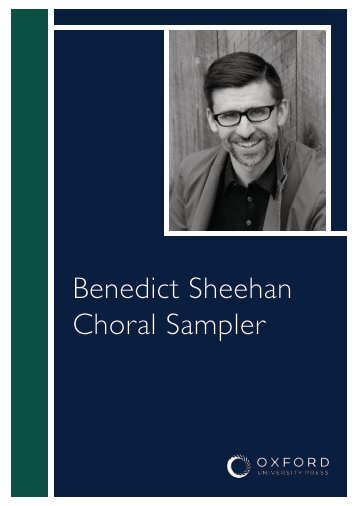
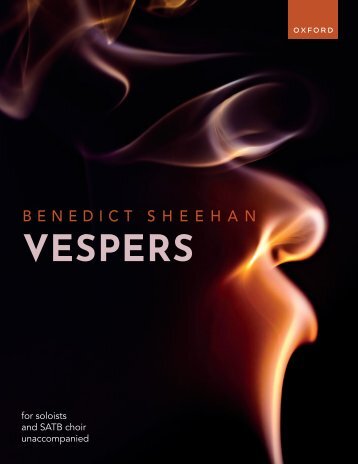


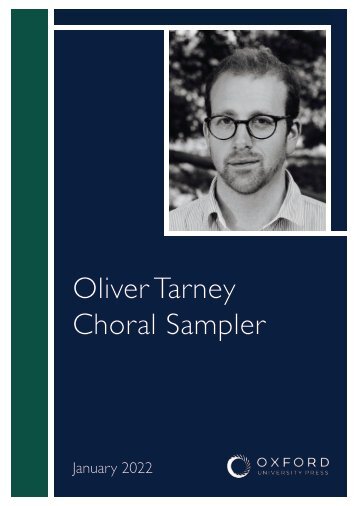

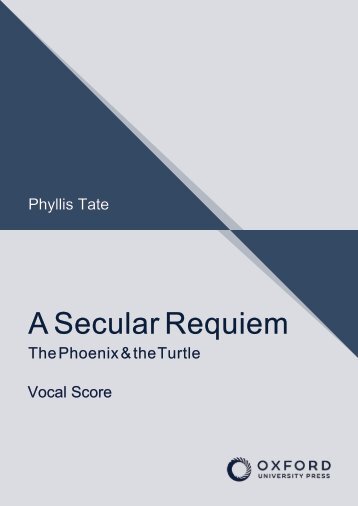
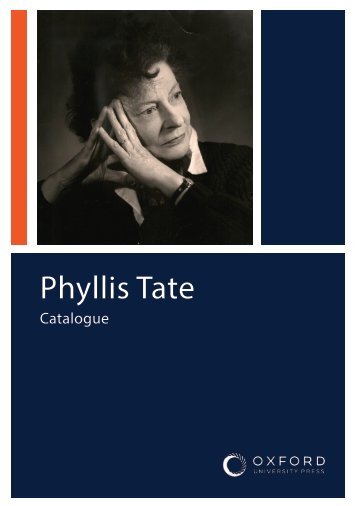
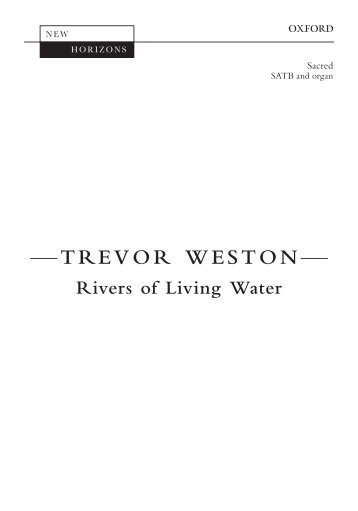
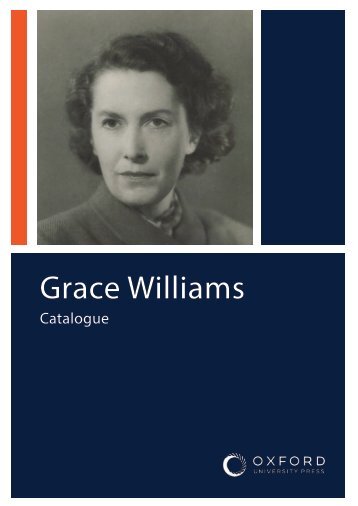
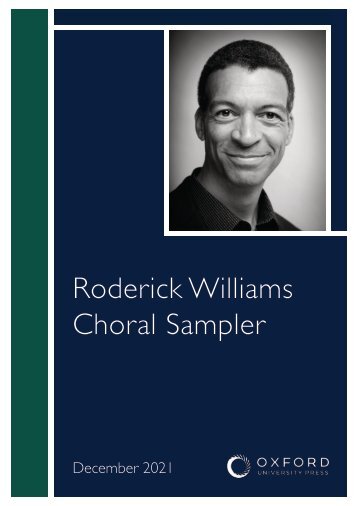
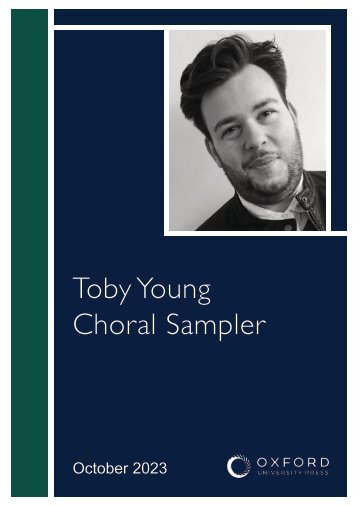


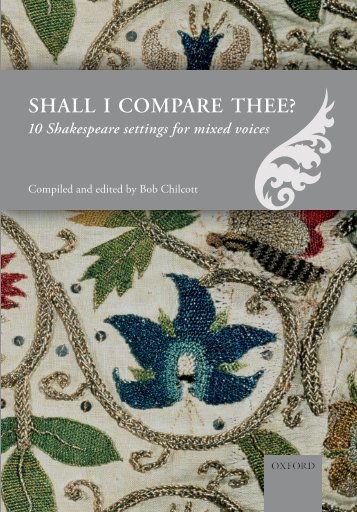
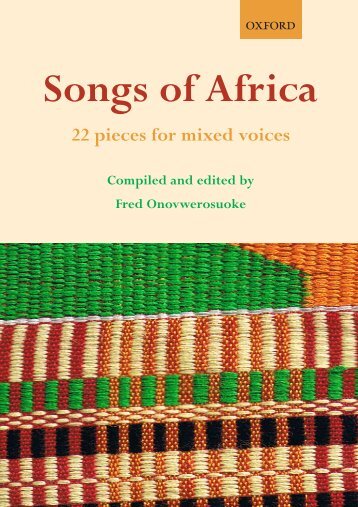



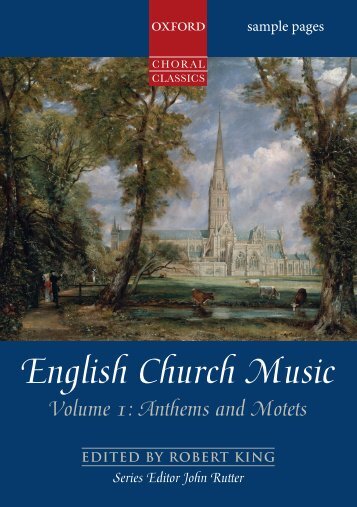
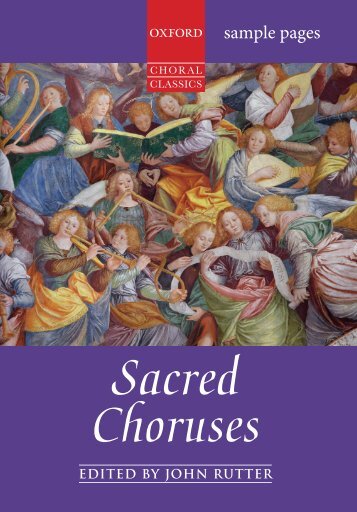

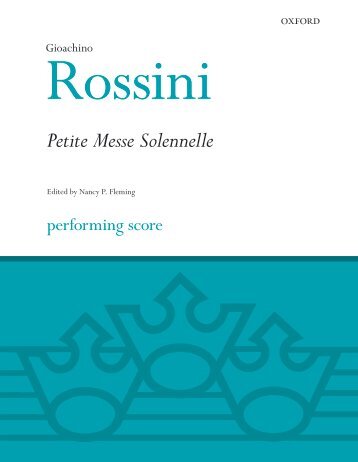
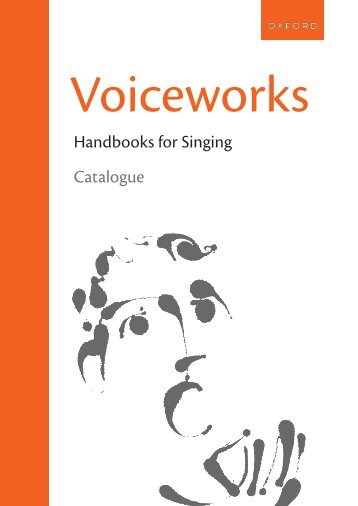



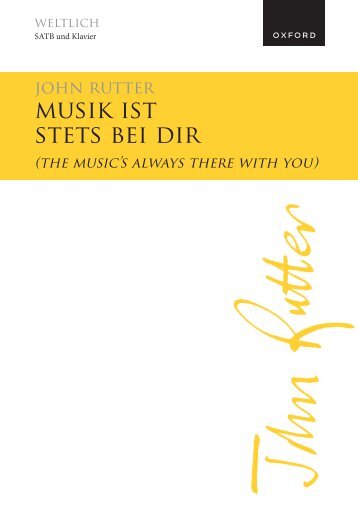
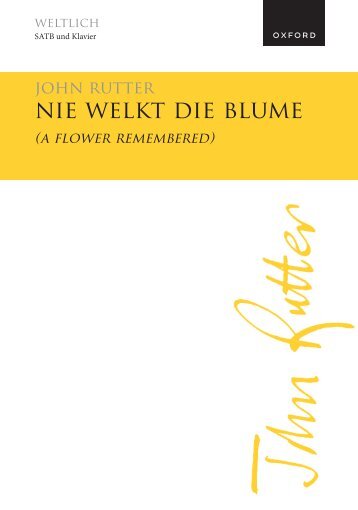

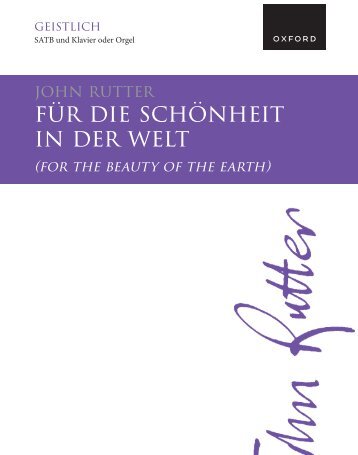
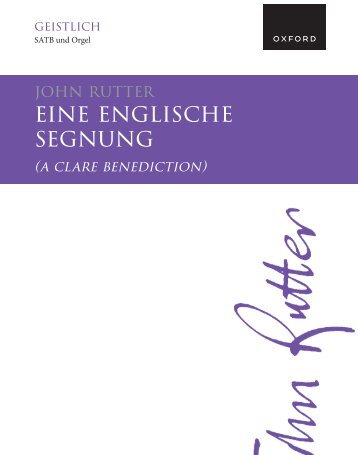

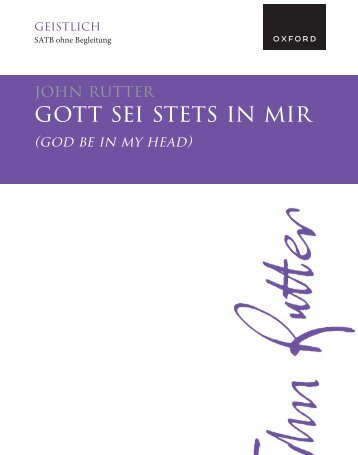


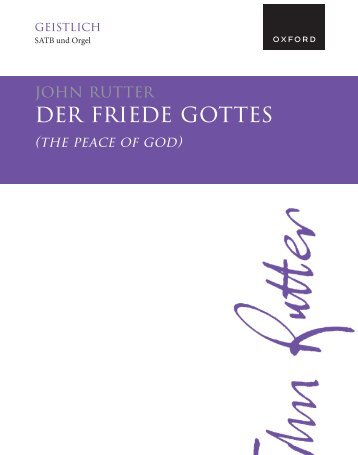


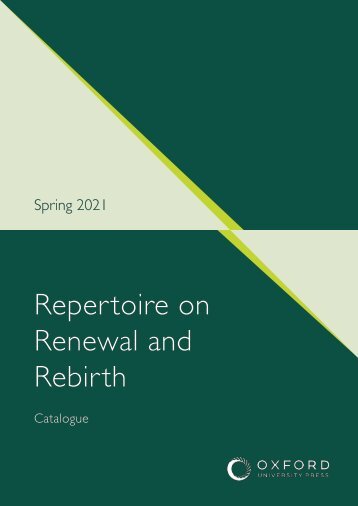
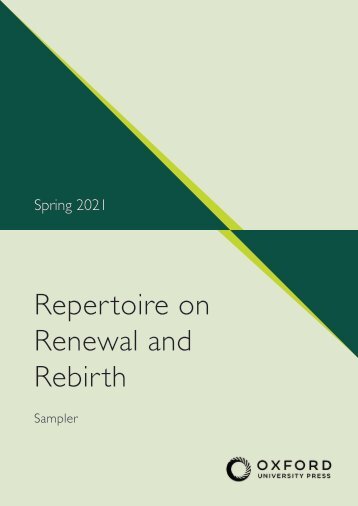
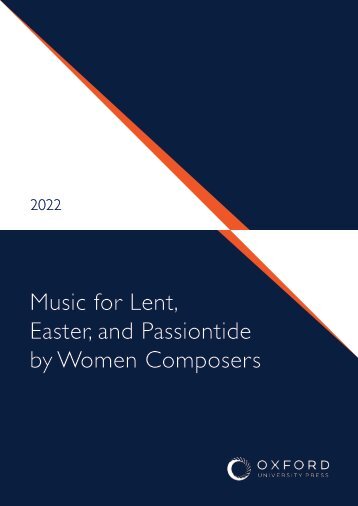
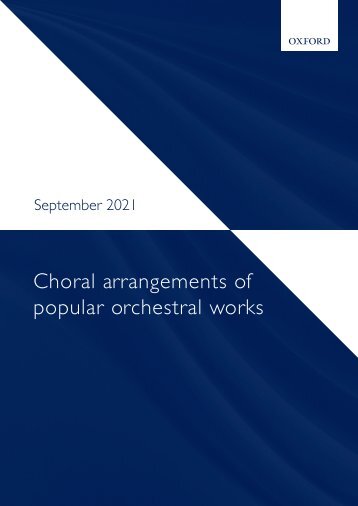
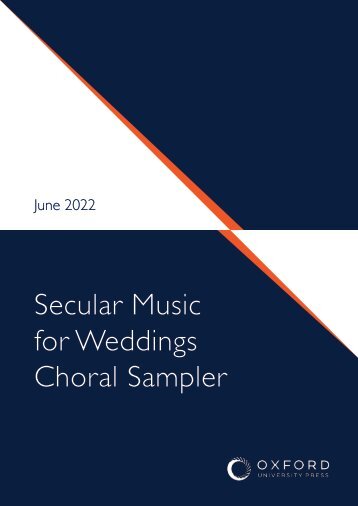

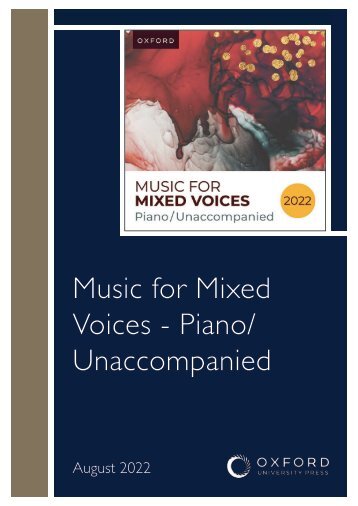
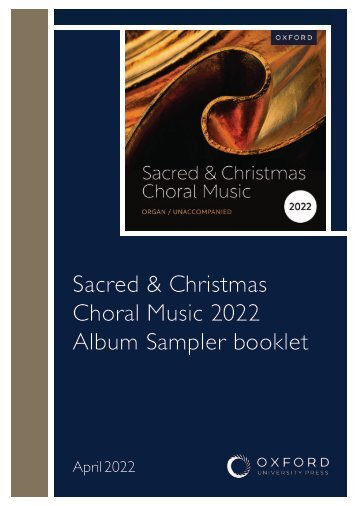
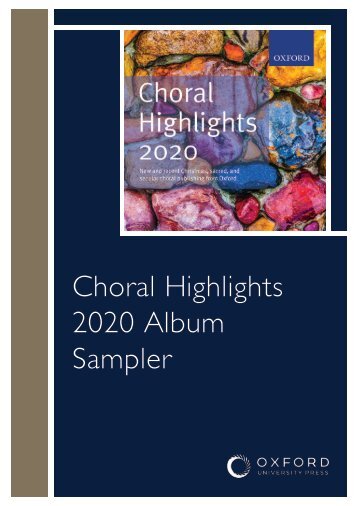
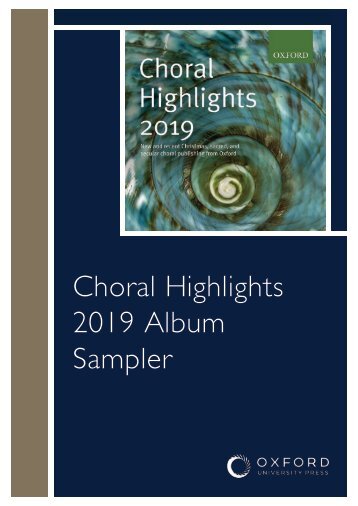
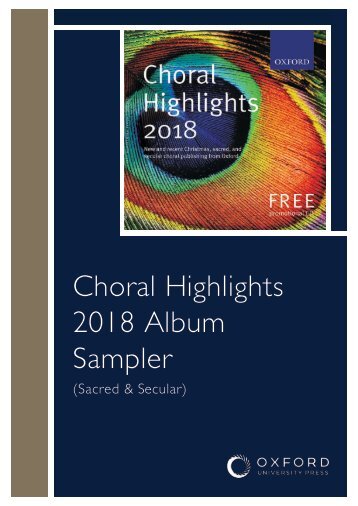

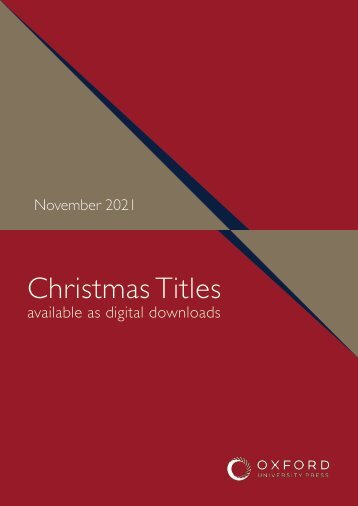
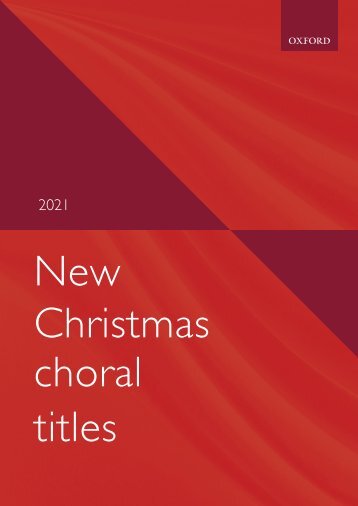
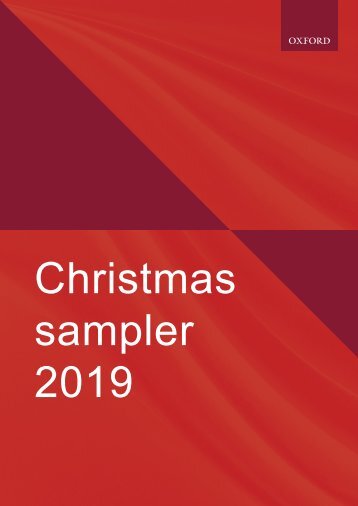
Facebook
Twitter
Email